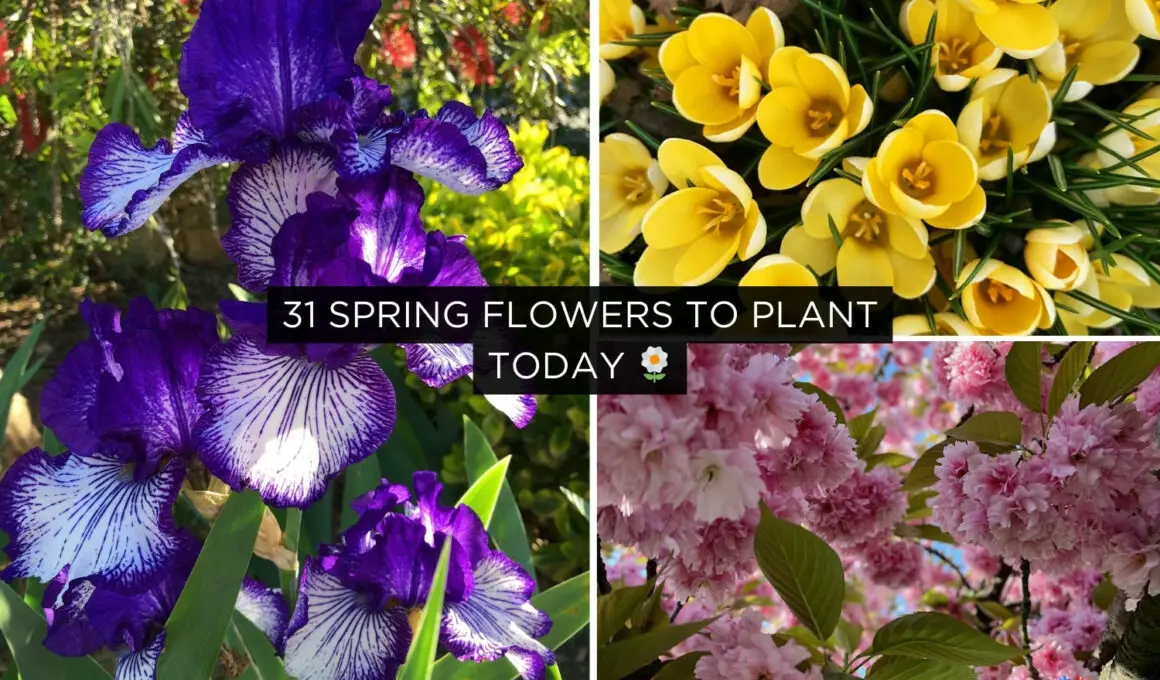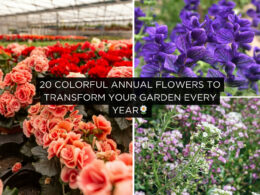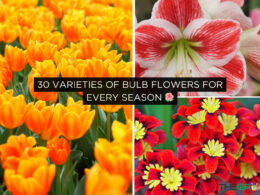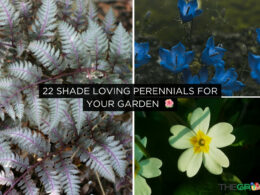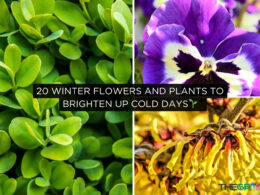In This Article Show
As someone who has spent over a decade nurturing every kind of plant imaginable, I’ve come to appreciate the unique joy that comes with the season. It’s when we gardeners eagerly swap our winter gloves for gardening ones, ready to infuse our gardens with color and life.
Planting flowers in spring isn’t just about beautifying our surroundings. It’s about making the most of the longer days and warmer weather to set the stage for a blooming paradise that lasts through summer. Whether you have a sprawling backyard or a modest balcony garden, the choice of flowers you plant now can create a haven for pollinators and a retreat for your soul.
In this post, I’ll share with you 31 of the best spring flowers to plant today. From the ever-popular tulips and daffodils to the less common but equally stunning fritillaries, there’s a flower for every type of gardener. I’ve gathered these varieties not only for their beauty but for their ability to thrive in spring conditions, offering tips on how to care for them to ensure your garden is a riot of color and fragrance.
The Top 31 Spring Flowers to Plant Today
1. Tulips
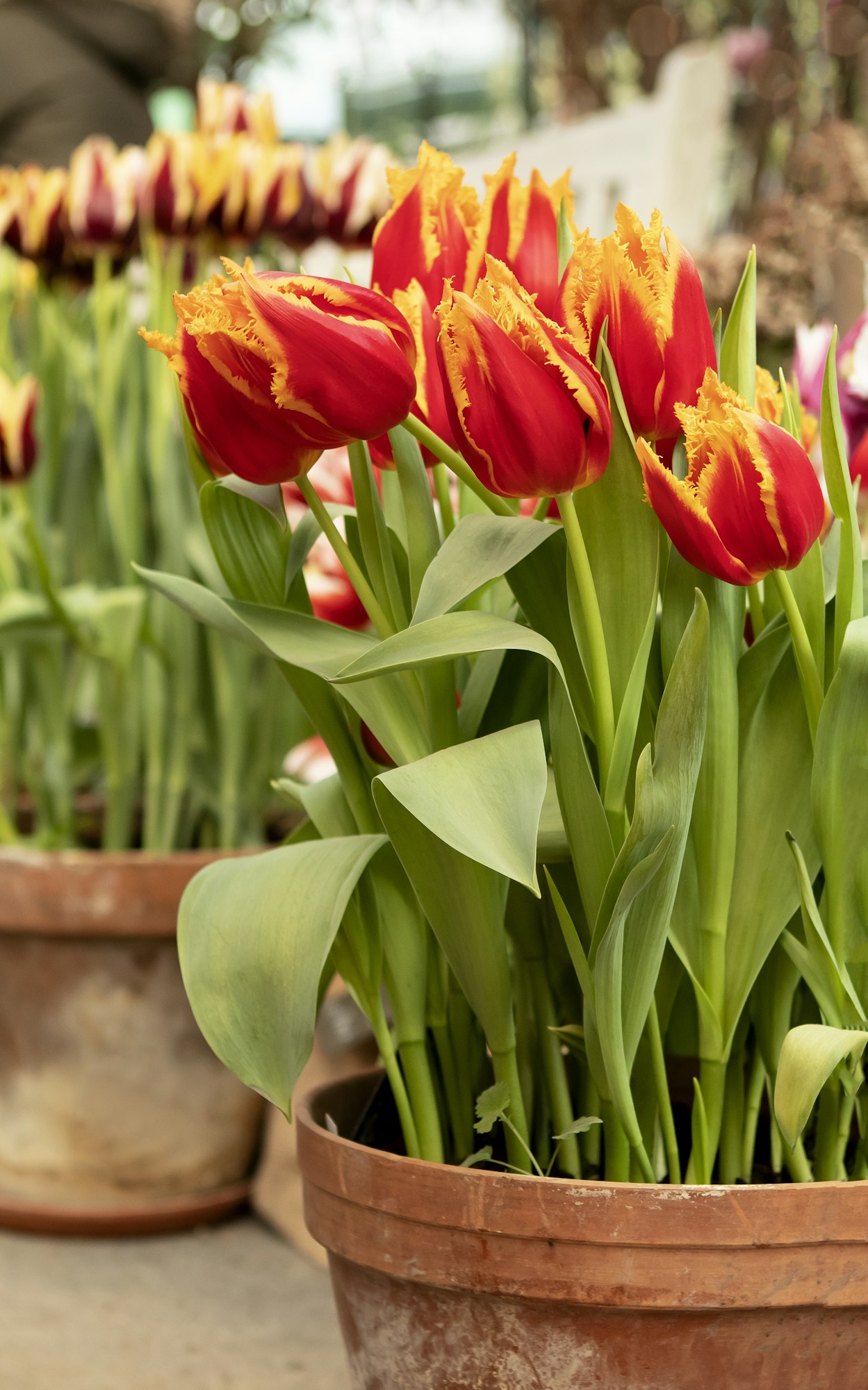
Tulips, with their vibrant colors and elegant shapes, have a rich history that dates back to the Ottoman Empire. They were so prized that they triggered a financial frenzy, known as “Tulip Mania,” in the Netherlands in the 17th century. Today, they are synonymous with spring and renewal.
Plant tulip bulbs in the fall, 6 to 8 inches deep, in well-drained soil to prevent rot. Choose a spot with full or afternoon sun. After blooming, allow the foliage to die back naturally before removing it, as this helps the bulb store energy for the next year’s growth.
2. Daffodils
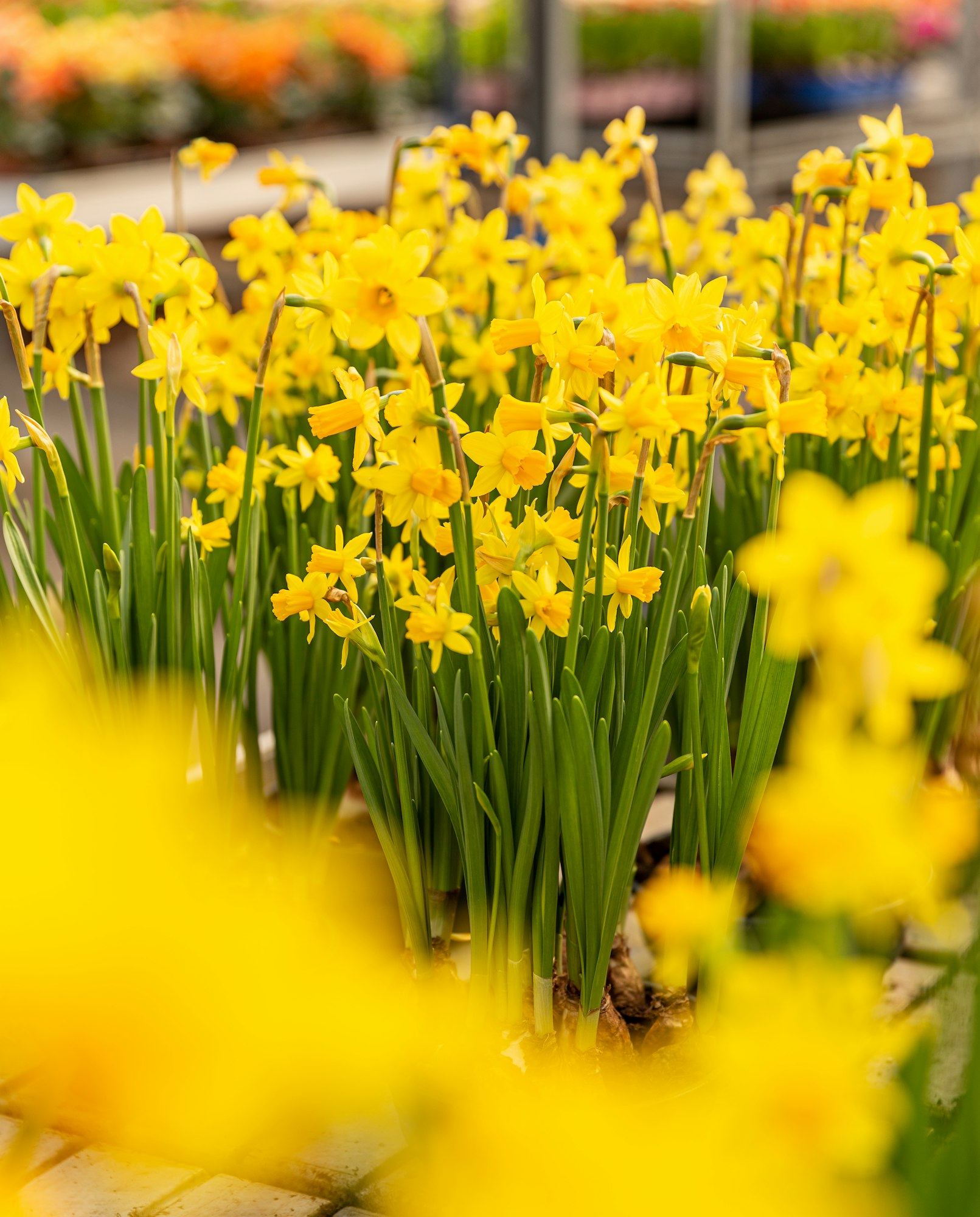
Daffodils symbolize rebirth and new beginnings, making them perfect for a spring garden. With over 50 species and many hybrids, there’s a wide range of sizes and colors to choose from.
Get Gardening For Beginners
Our new EBOOK shows newcomers and green thumbs alike a step by step guide to growing the garden of their dreams.
Plant daffodil bulbs in the fall, about 3 times the bulb’s height deep, in well-draining soil. Position them in a sunny or partly sunny location. They are tolerant of some shade and can naturalize in grassy areas.
3. Crocuses
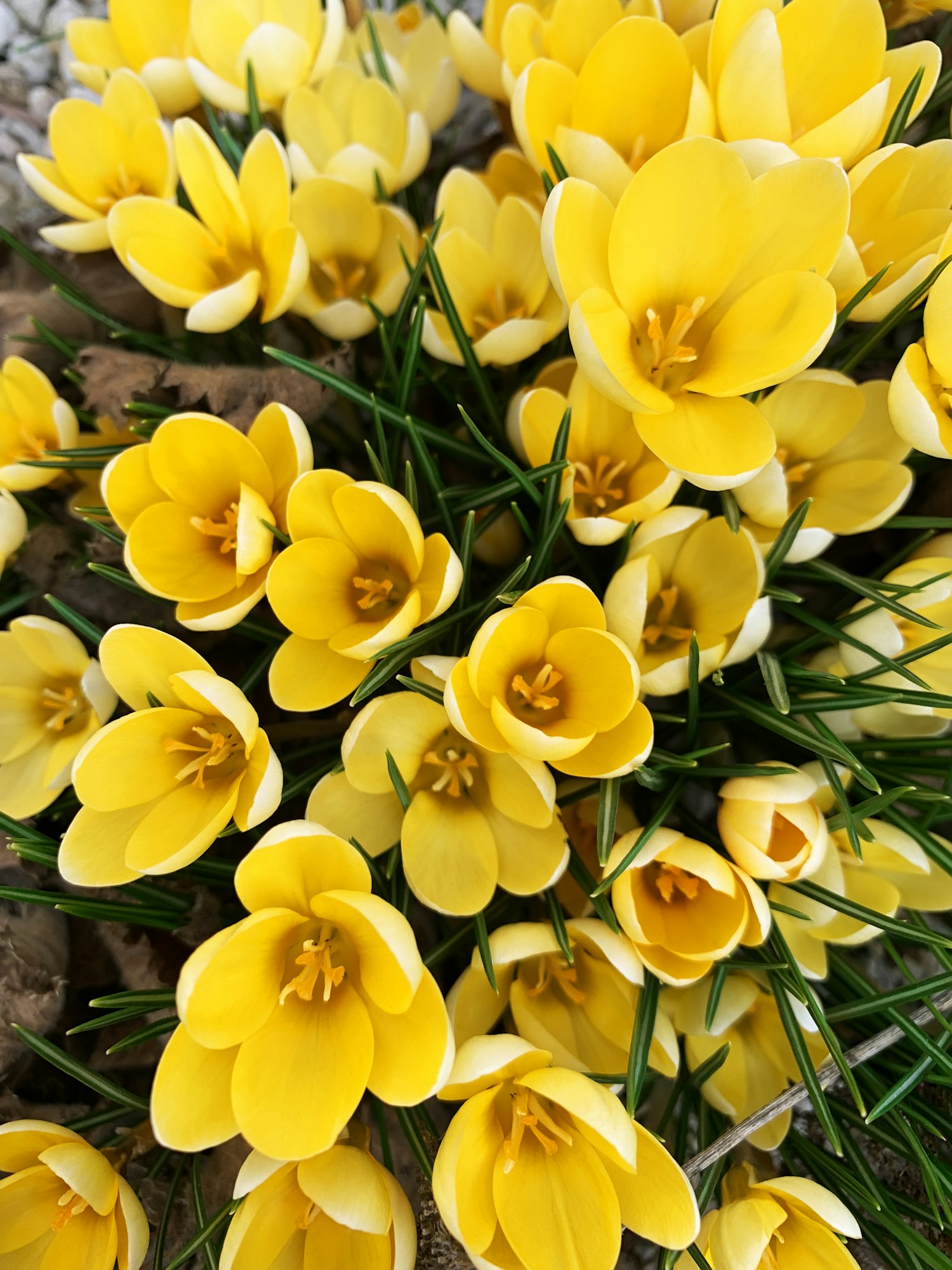
One of the first signs of spring, is crocuses push through the snow to bloom with vibrant colors. Their early flowering makes them essential for early pollinators.
Plant crocus bulbs in the fall in clusters or groups to create natural-looking swaths of color. They prefer well-drained soil and full sun but can also tolerate light shade, such as under deciduous trees.
4. Hyacinths
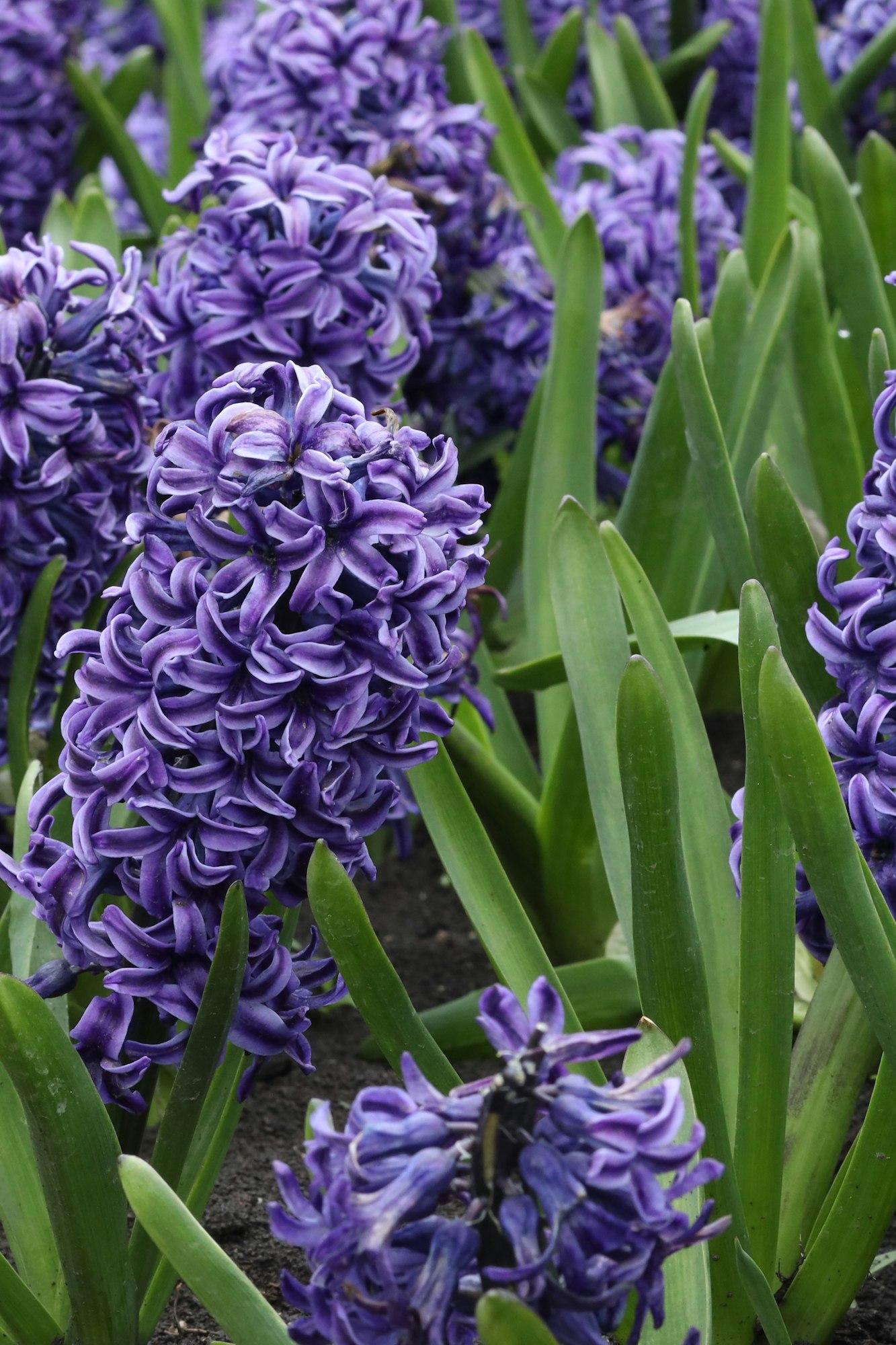
Hyacinths are loved for their strong fragrance and dense flower spikes. Available in a range of colors, they can add both visual and aromatic appeal to your garden. Plant bulbs in the fall, 4 to 6 inches deep and about 6 inches apart, in rich, well-drained soil. They thrive in full sun or light shade.
5. Snowdrops
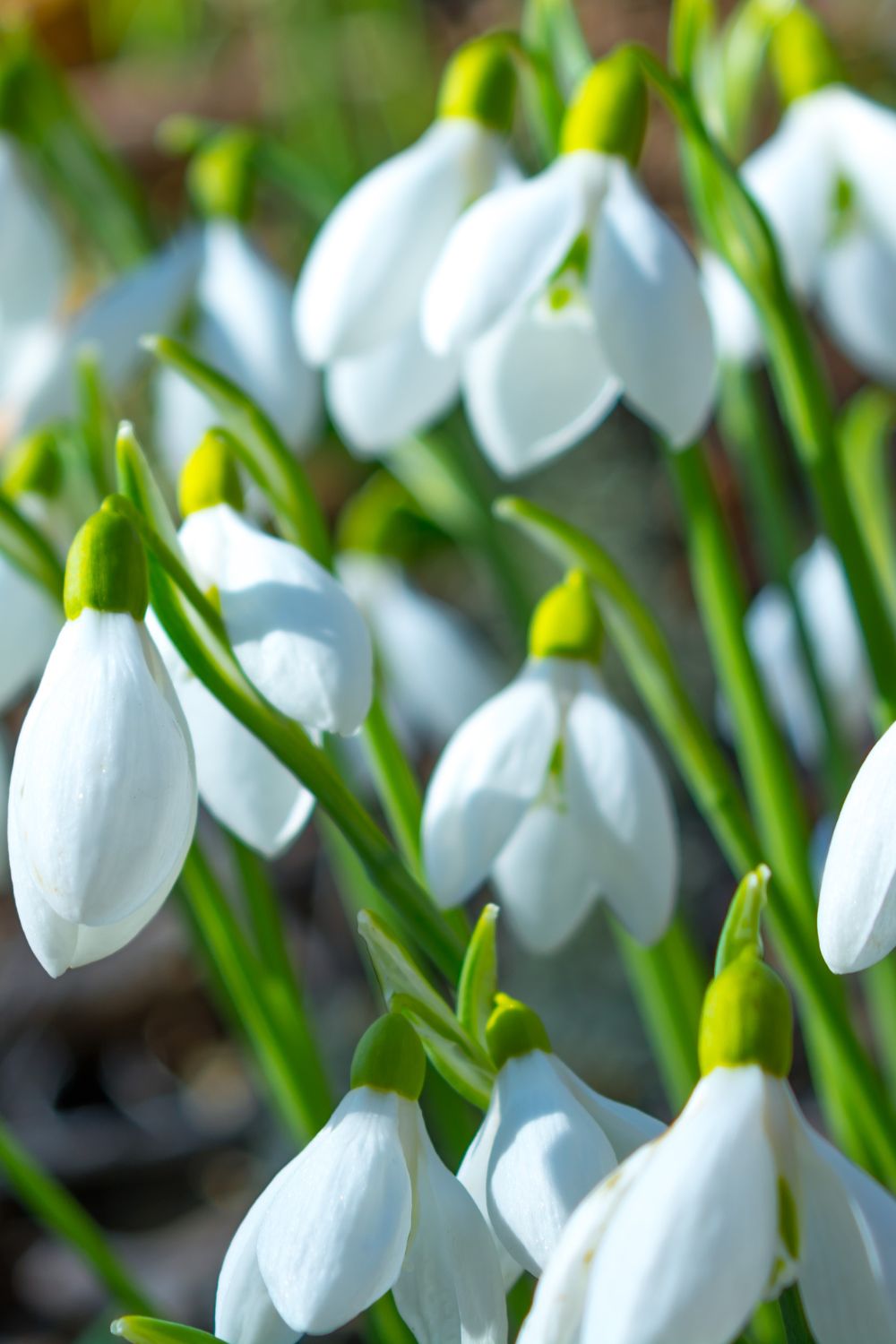
Snowdrops are one of the very first flowers to bloom in late winter to early spring, often while snow is still on the ground. They are remarkably resilient to cold temperatures. Plant snowdrops under deciduous trees or shrubs or alongside other early bloomers like crocuses and early daffodils. They prefer moist, well-drained soil and partial shade.
6. Primroses
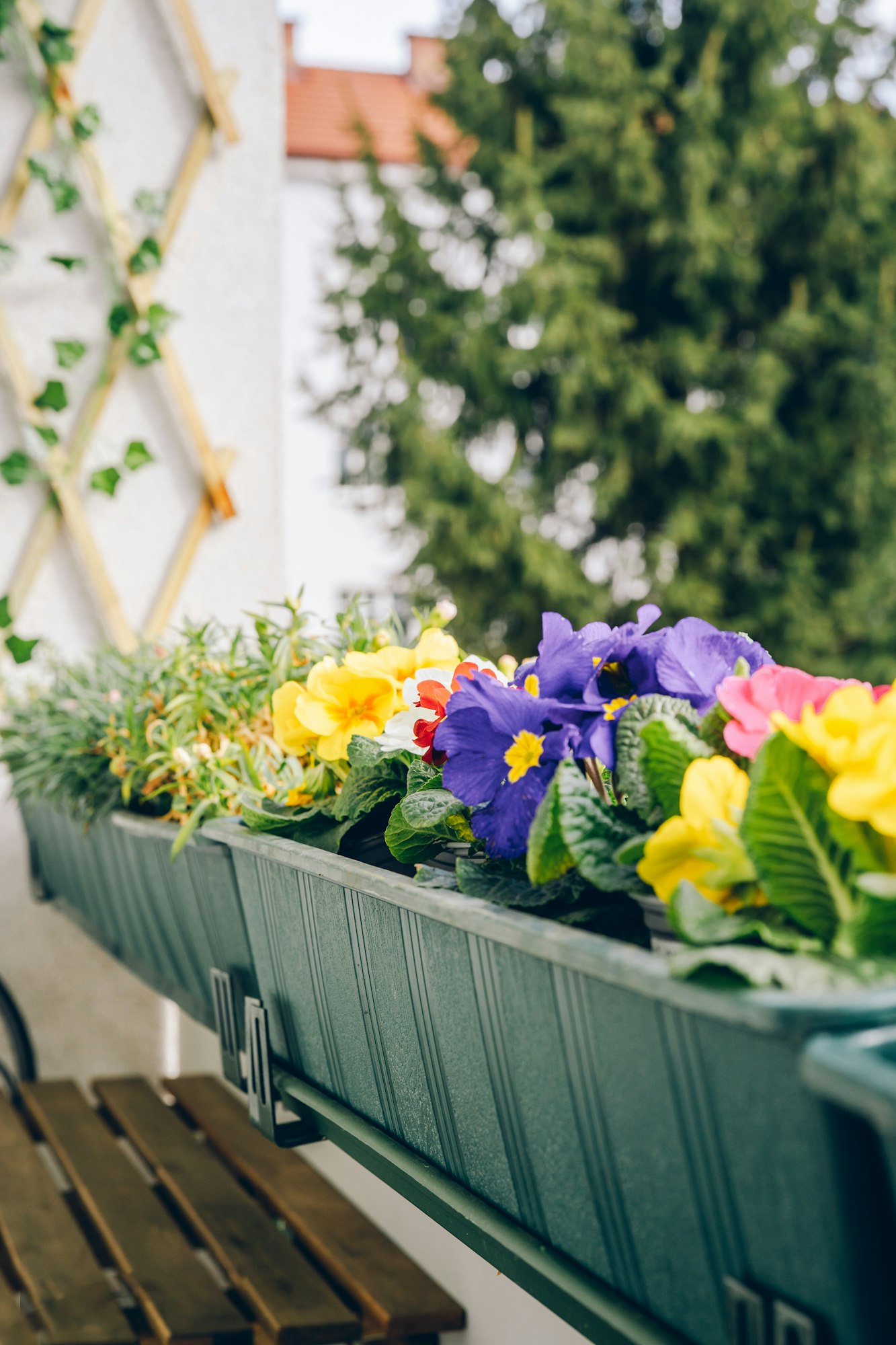
Primroses come in almost every color of the rainbow, offering versatility and beauty to any garden. They bloom early in spring and can continue through summer with proper care. Plant primroses in moist, well-drained soil rich in organic matter. They prefer partial shade, making them ideal for woodland gardens or shady borders.
7. Pansies
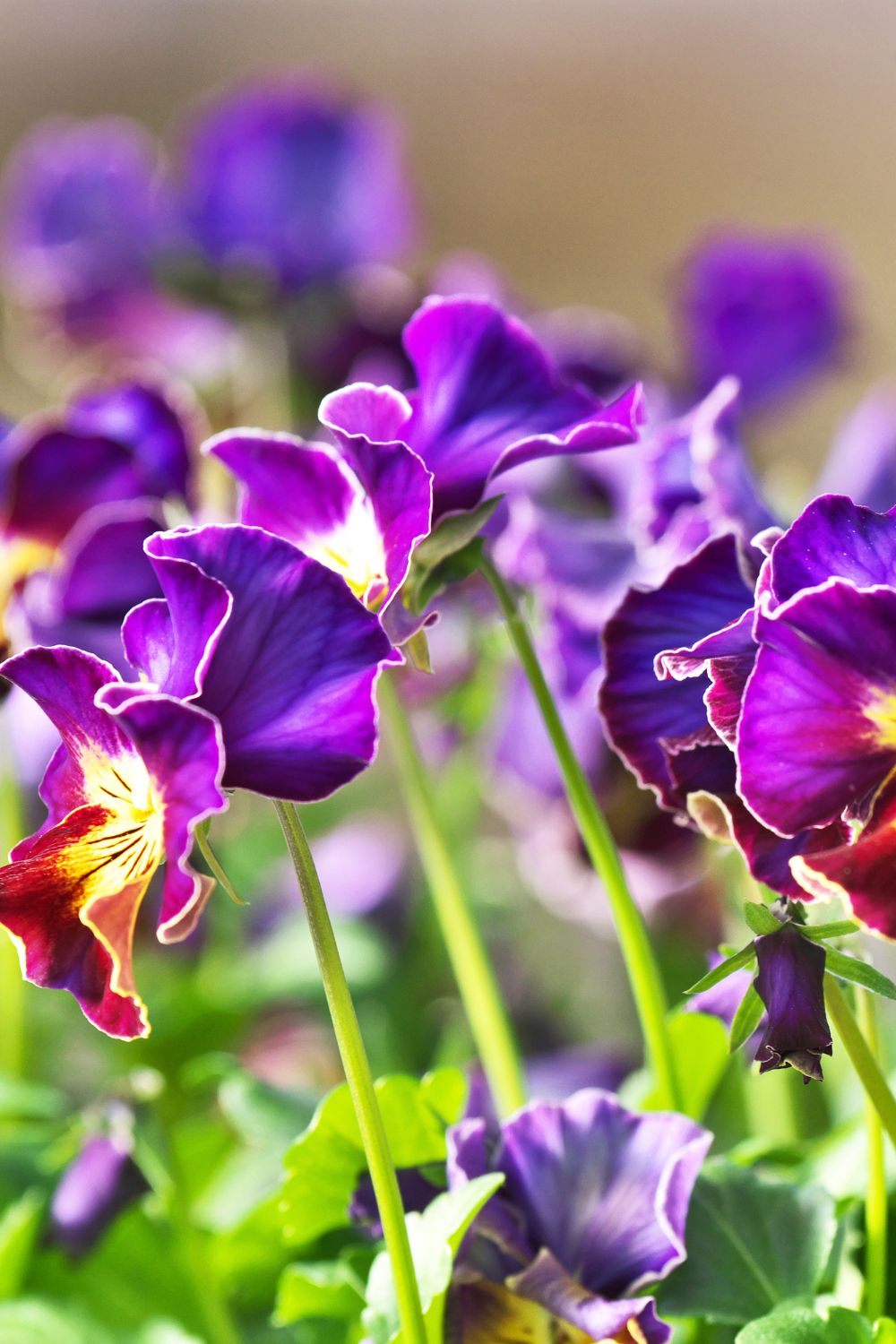
Not only do pansies add a splash of color to your garden in early spring, but many varieties are also edible and can be used to decorate salads and desserts. Pansies perform best in cooler temperatures and can tolerate a light frost. They prefer full sun to partial shade and consistent moisture. Avoid overwatering to prevent root rot.
Get Gardening For Beginners
Our new EBOOK shows newcomers and green thumbs alike a step by step guide to growing the garden of their dreams.
8. Forget-Me-Nots
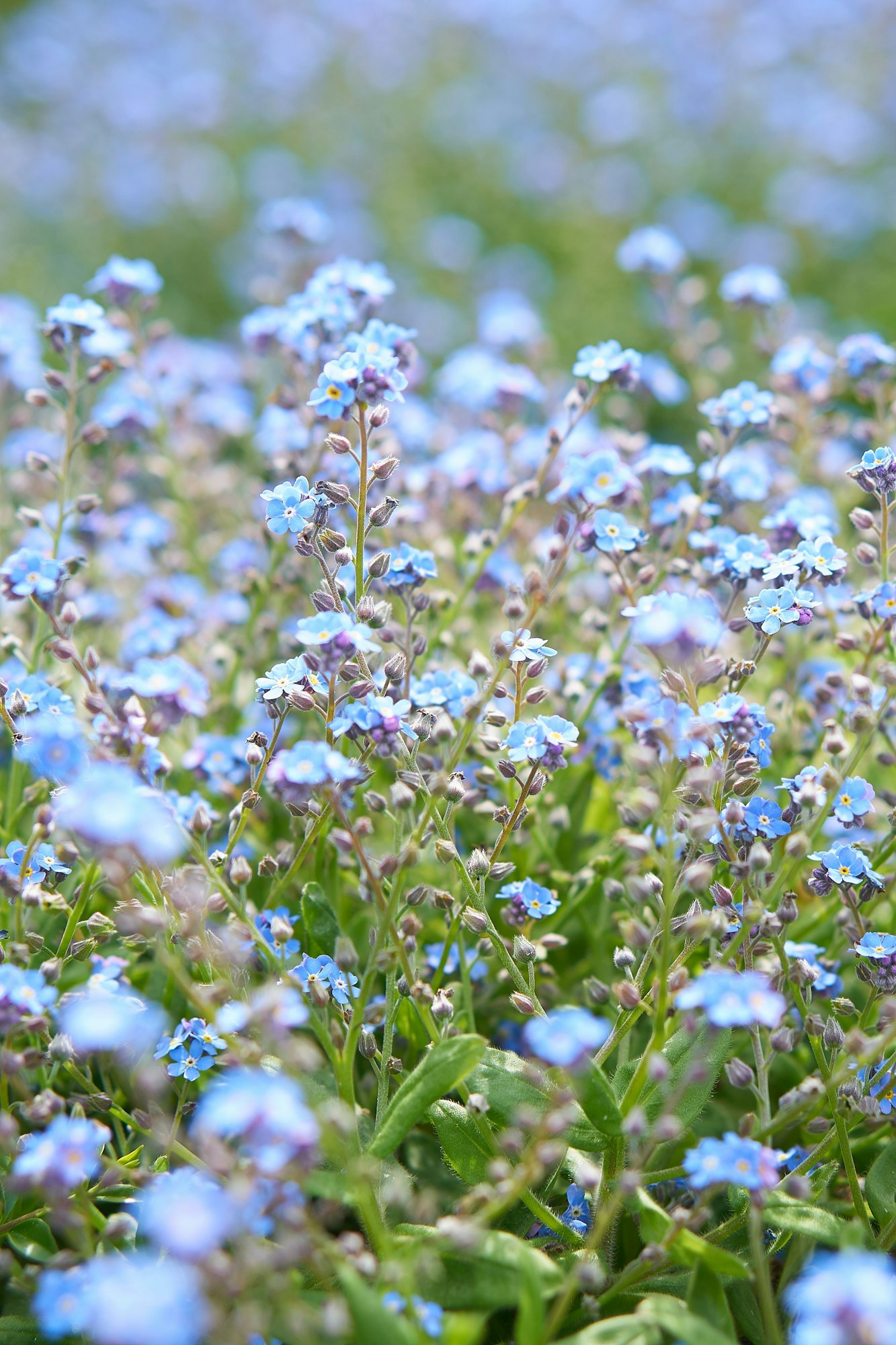
These delicate blue flowers symbolize true love and remembrance. They bloom in spring and can add a soft, romantic touch to any garden setting. Forget-me-nots prefer shady areas and moist, well-drained soil. They are ideal for planting along pond edges or in shaded garden spots.
9. Bluebells
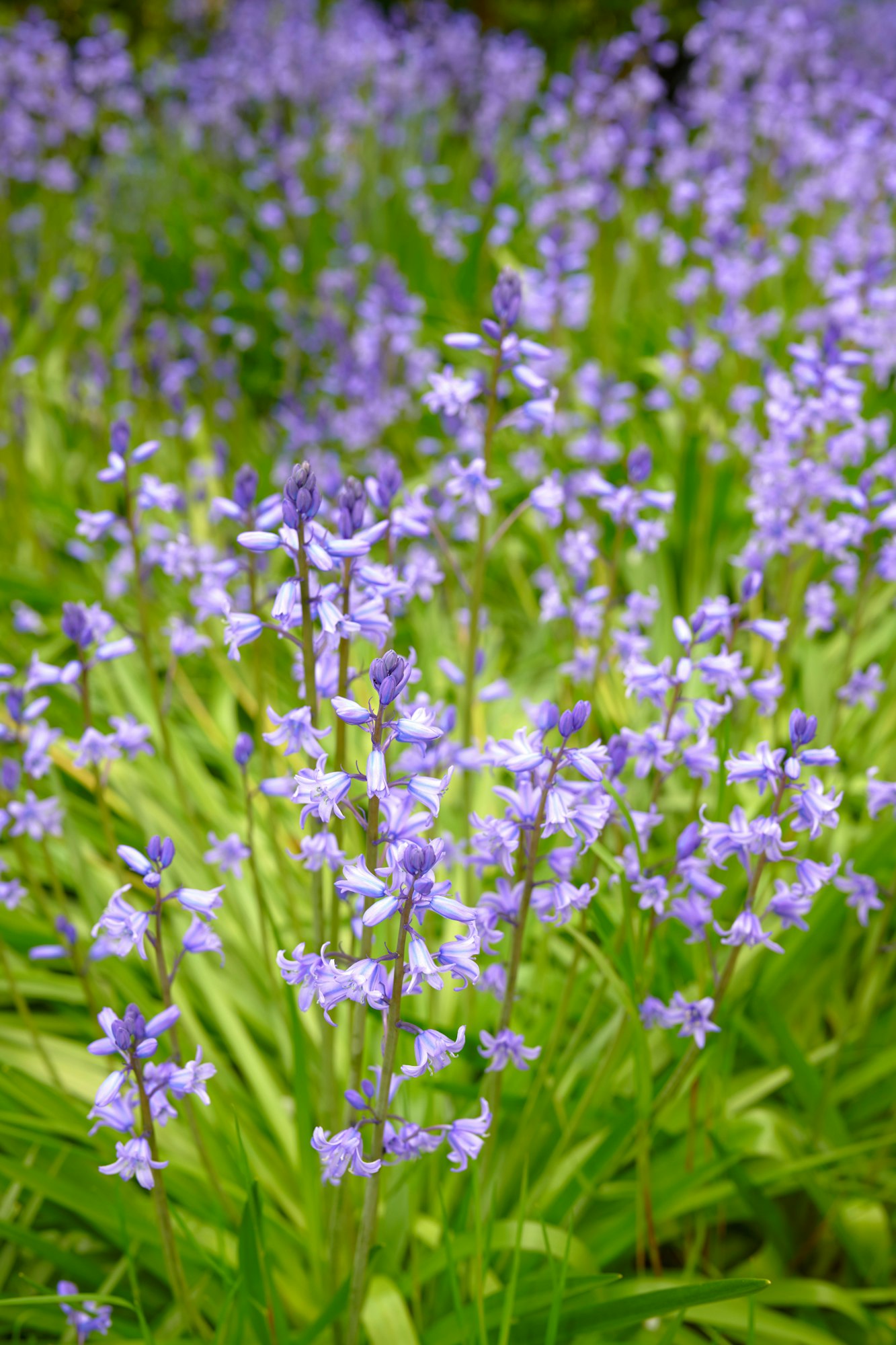
Bluebells are synonymous with ancient woodlands, where they create enchanting blue carpets in spring. They are a welcome sign of the changing seasons. Plant bluebell bulbs in the fall in shady, wooded areas or under deciduous trees. They prefer moist, well-drained soil. Be mindful of the type, as the native English bluebell is protected and should not be disturbed in the wild.
10. Irises
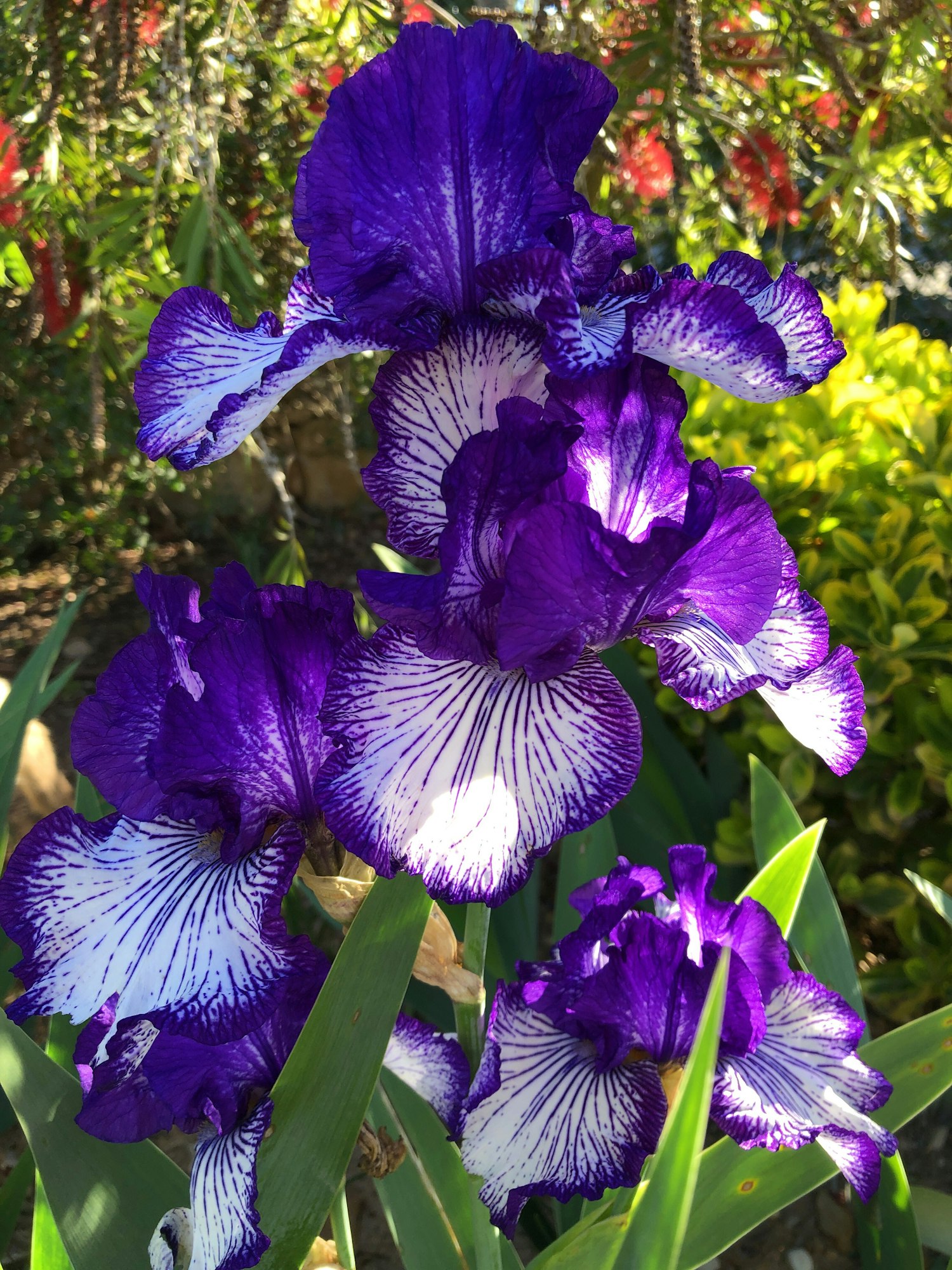
Irises offer an impressive variety, with colors ranging from deep purples to vibrant yellows. Their striking appearance and tall stature make them a focal point in any garden. Irises thrive in full sun and well-drained soil. Plant rhizomes in late summer. Every few years, divide the clumps to prevent overcrowding and to encourage more blooms.
11. Peonies
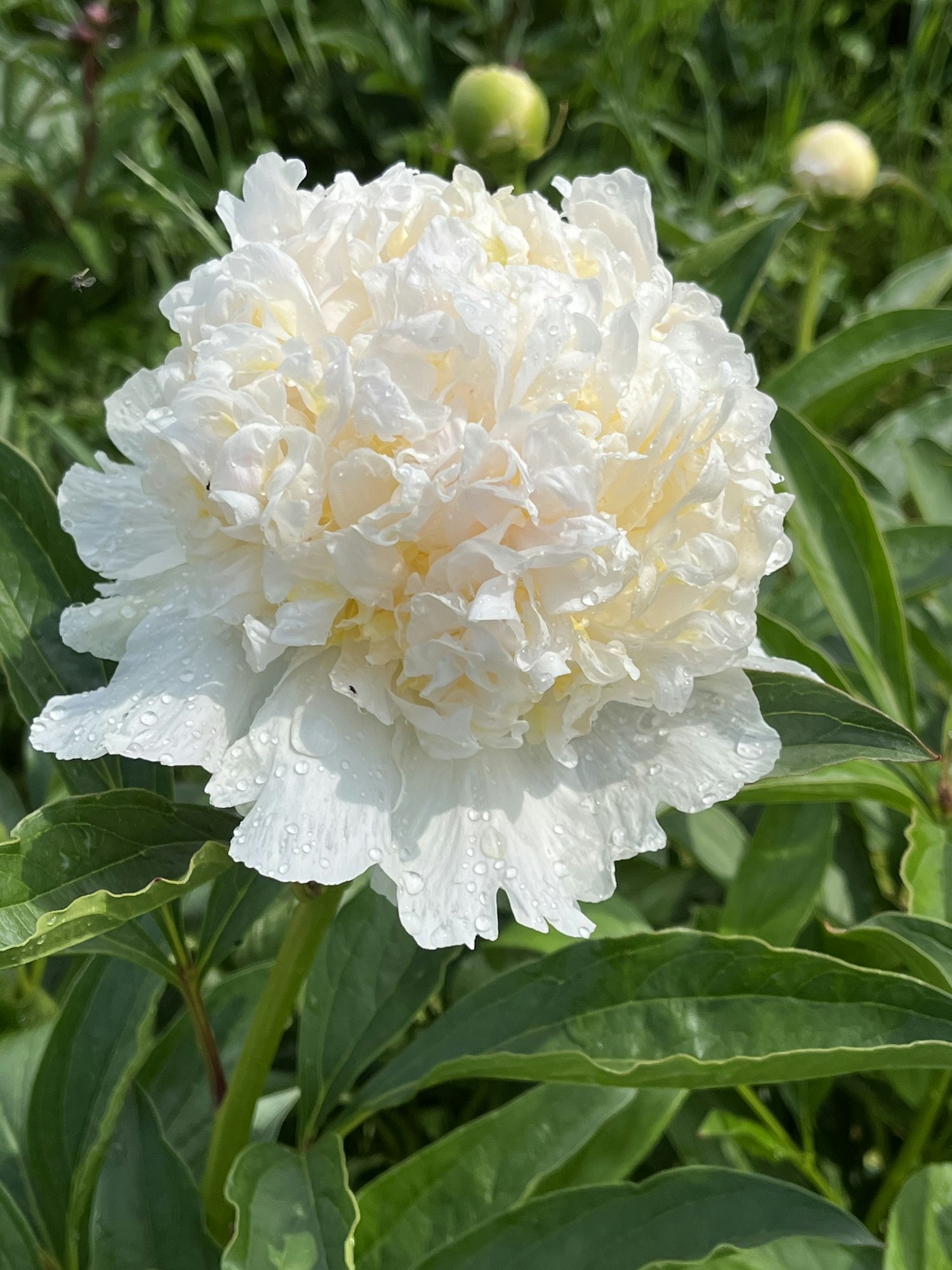
Peonies are known for their longevity, with some plants living for over 100 years. They produce lush, full blooms that are a highlight of the late spring garden. While ants are commonly seen on peonies, they are not harmful; in fact, they help protect the plants from pests. Peonies benefit from support stakes to keep their heavy blooms upright, especially after rain.
12. Lilacs
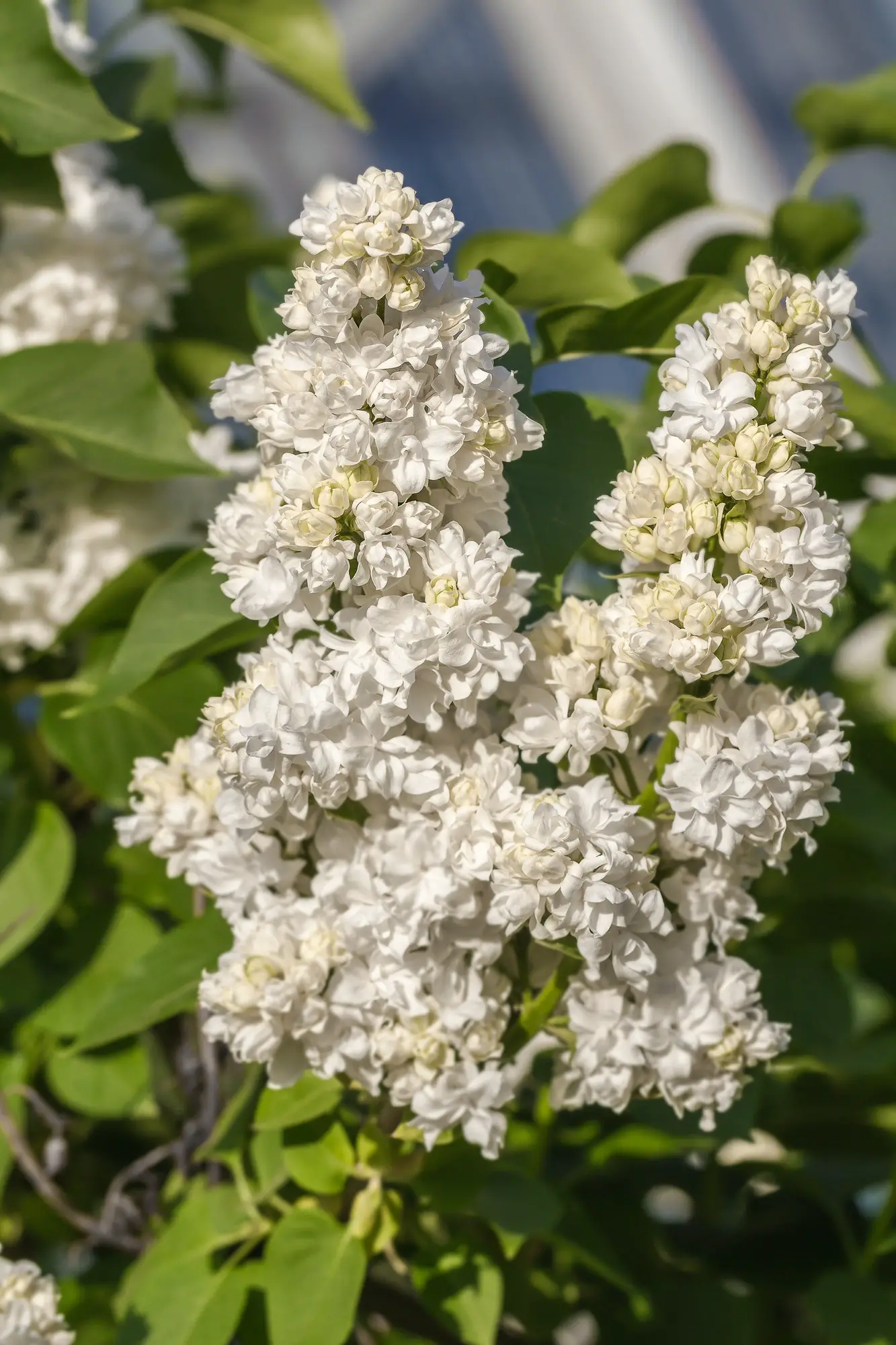
Lilacs are cherished for their fragrant, colorful blooms that signal the arrival of spring. Their sweet scent can fill a garden or a home when used in cut flower arrangements. Lilacs prefer full sun and well-drained, neutral to alkaline soil. Prune right after flowering to shape the bush and encourage more blooms for the next year.
13. Cherry Blossoms

Cherry blossoms are iconic symbols of spring, celebrated for their delicate pink and white flowers. They create breathtaking landscapes in both private gardens and public parks. Look for garden-friendly varieties like the Yoshino cherry or the weeping cherry for your landscape. These trees prefer full sun and well-drained soil.
14. Magnolias

Magnolias offer spectacular spring blooms with large, aromatic flowers. They are available in both tree and shrub forms to suit different garden sizes. Magnolias prefer slightly acidic, well-drained soil. Mulching helps retain moisture and keep roots cool. Plant in a sheltered location to protect blooms from late frosts.
15. Azaleas
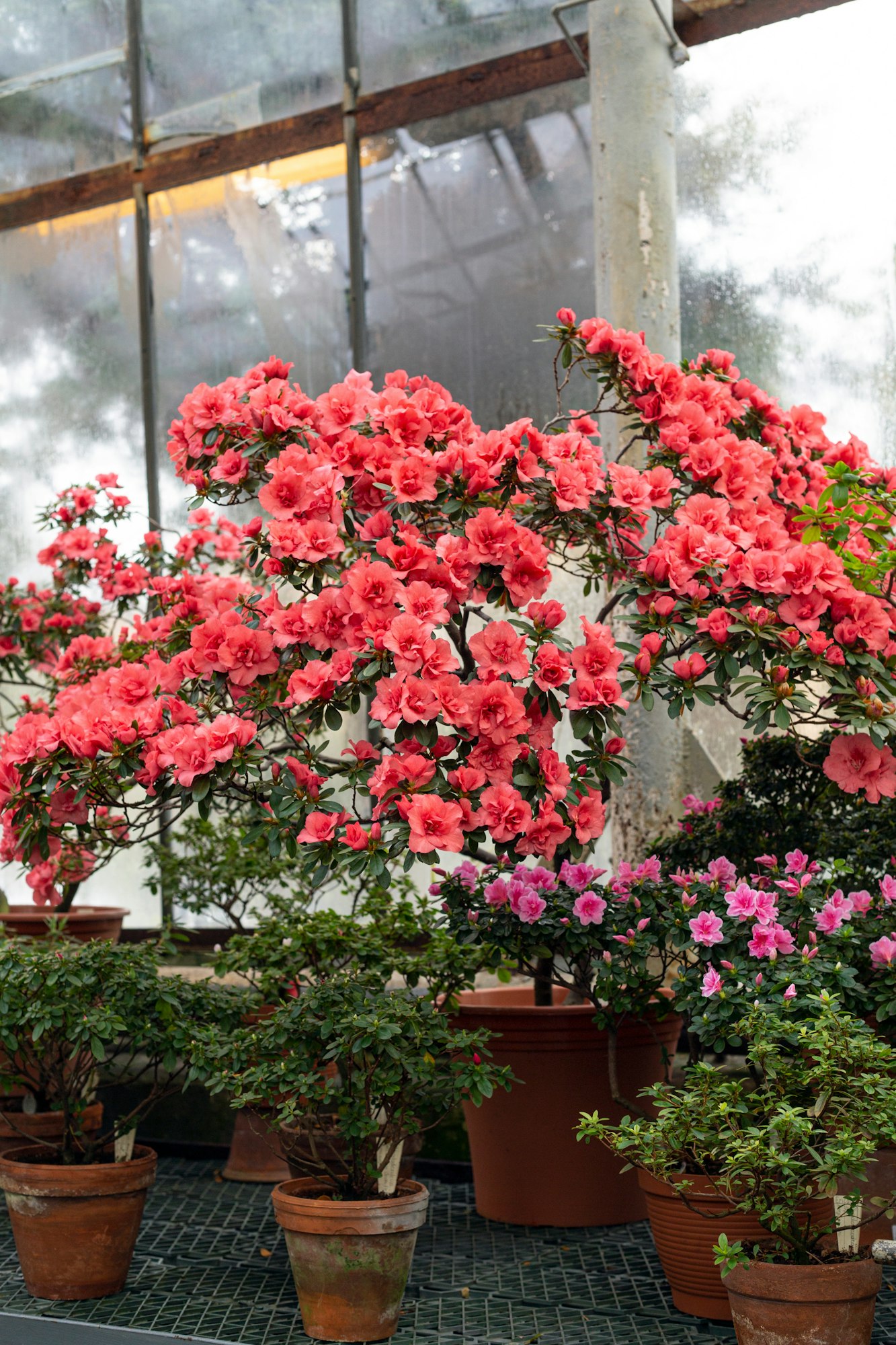
Azaleas, part of the rhododendron family, come in both evergreen and deciduous varieties. They offer a vibrant burst of color in spring with their dazzling flowers. Azaleas thrive in acidic soil. Use a specialized azalea/rhododendron fertilizer to support their growth. They prefer partial shade, especially in hotter climates.
16. Rhododendrons
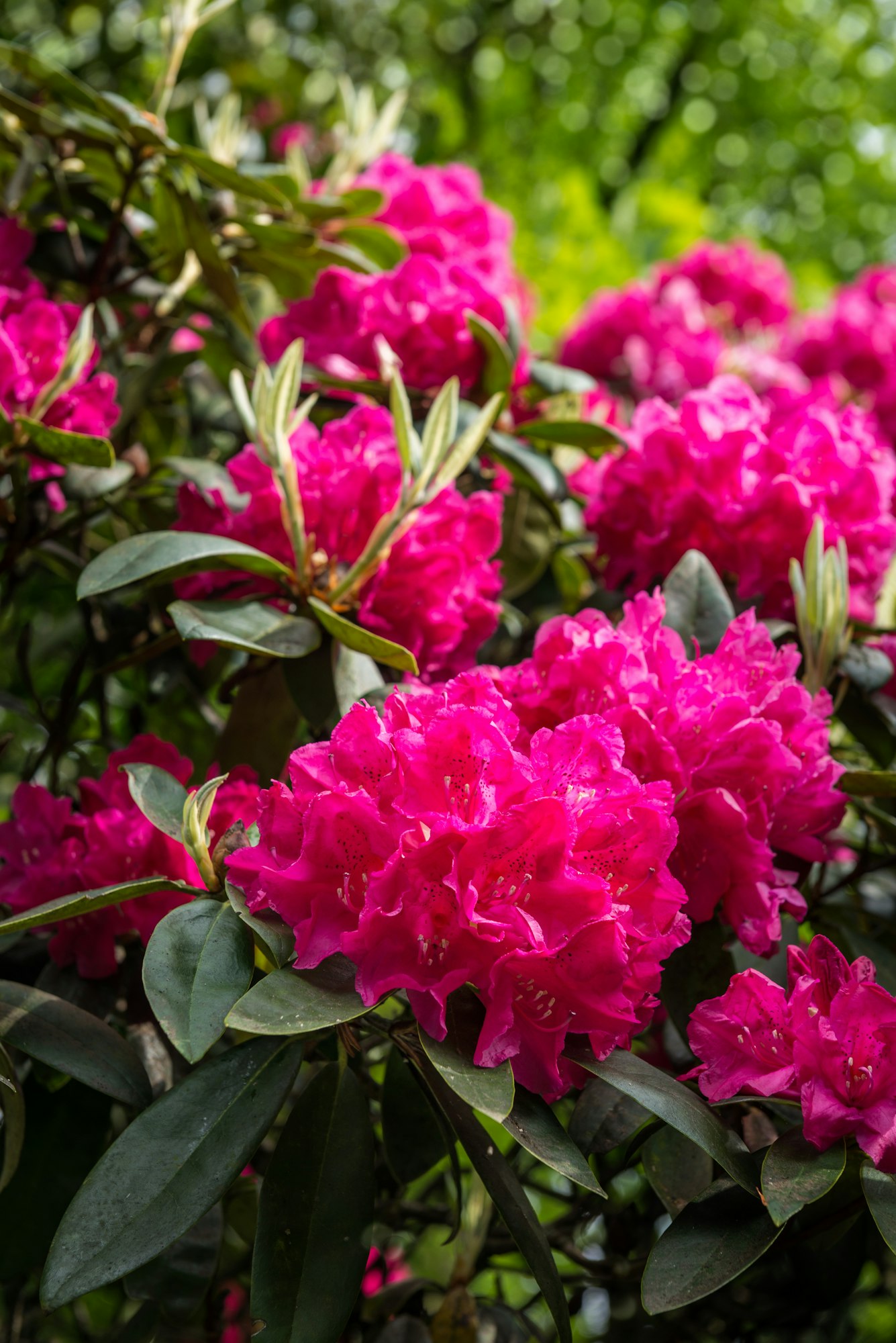
Rhododendrons are known for their large, colorful blooms and broad evergreen leaves. They can thrive in shade, making them ideal for woodland gardens. Ensure they are planted in well-drained, acidic soil to prevent root rot. Water regularly, especially in dry periods, and ensure good air circulation to prevent disease.
17. Anemones
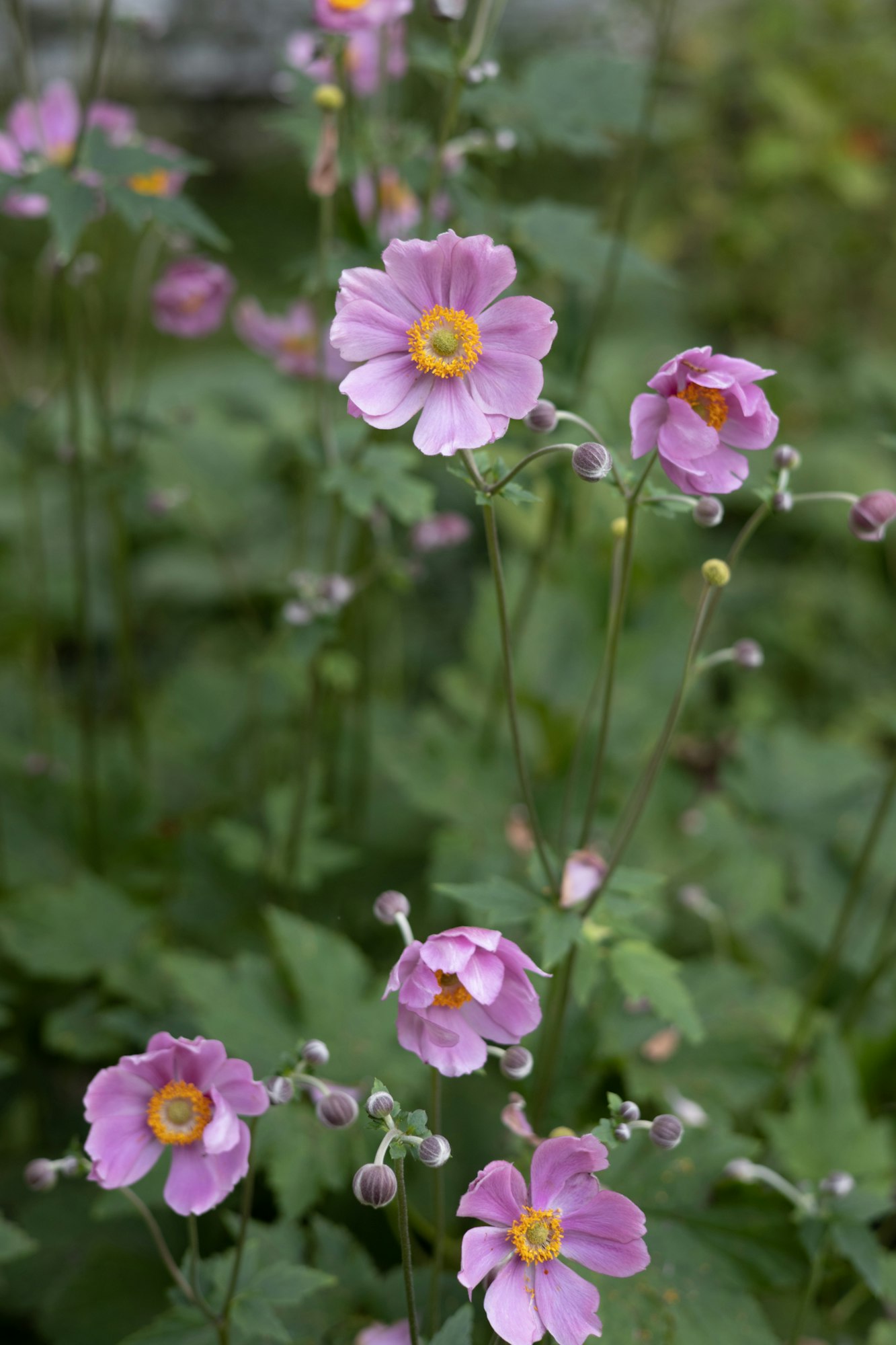
Anemones, also known as windflowers, come in a range of types, including spring- and fall-blooming varieties. They add a delicate, whimsical touch to any garden. For spring varieties, plant corms or tubers in the fall. They prefer well-drained soil and partial shade. Anemones can naturalize over time, creating beautiful drifts.
18. Ranunculus
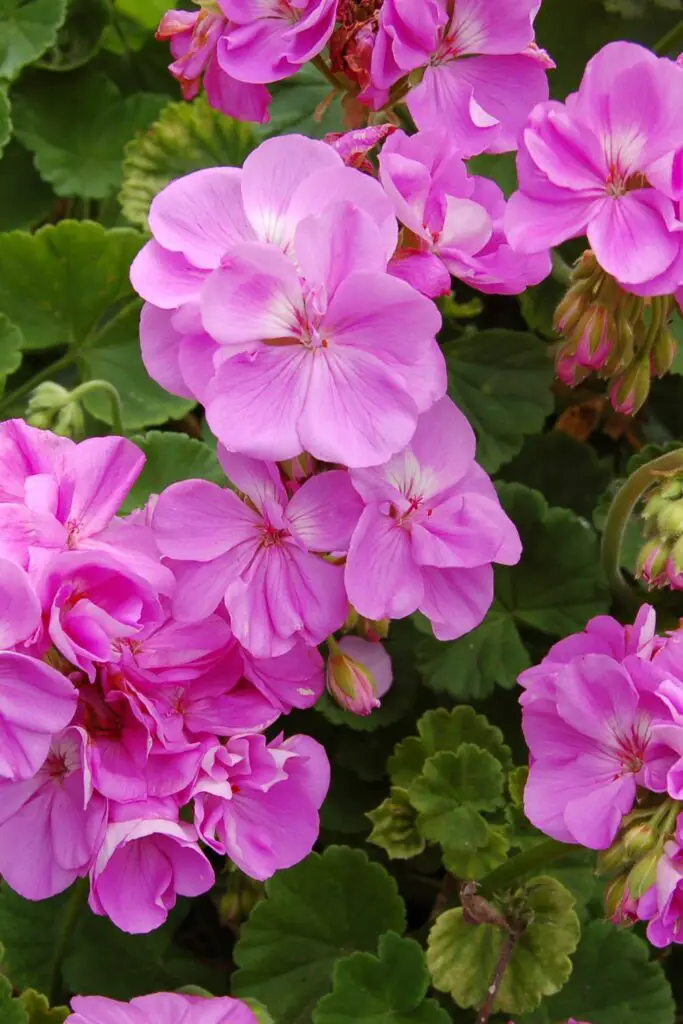
Ranunculus are prized for their rose-like blooms, featuring layers of delicate petals in vibrant colors. They are perfect for a cutting garden, offering long-lasting blooms. Plant ranunculus in well-drained soil to prevent bulb rot. They prefer full sun and may need protection from heavy frosts. Use mulch to keep the soil moist and cool.
19. Camellias
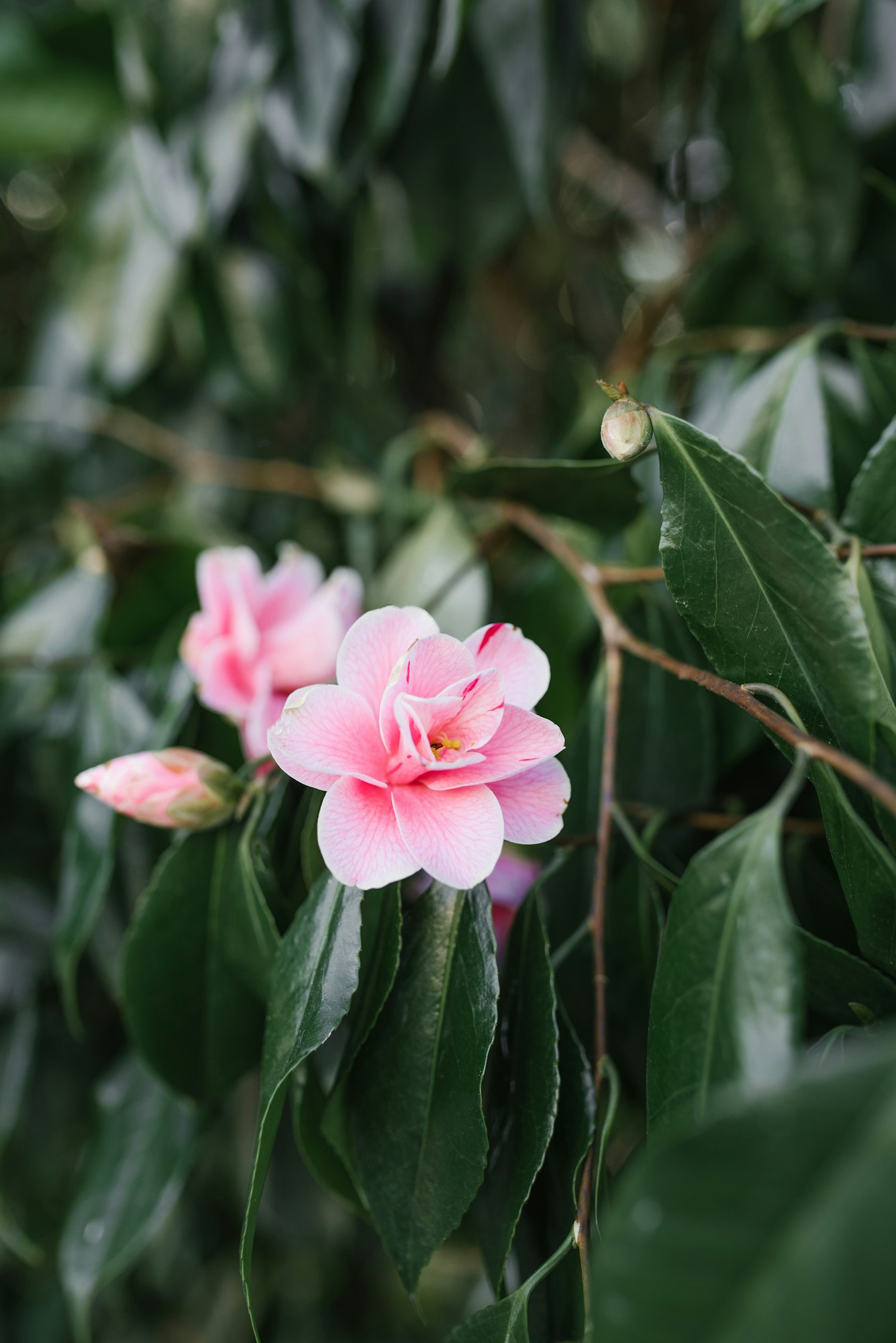
Camellias are evergreen shrubs that offer glossy foliage and beautiful blooms in winter to early spring, depending on the variety. Camellias prefer partial shade, protected from intense midday sun. Prune after blooming to shape the plant and encourage bushier growth. They require well-drained, acidic soil.
20. Lily of the Valley
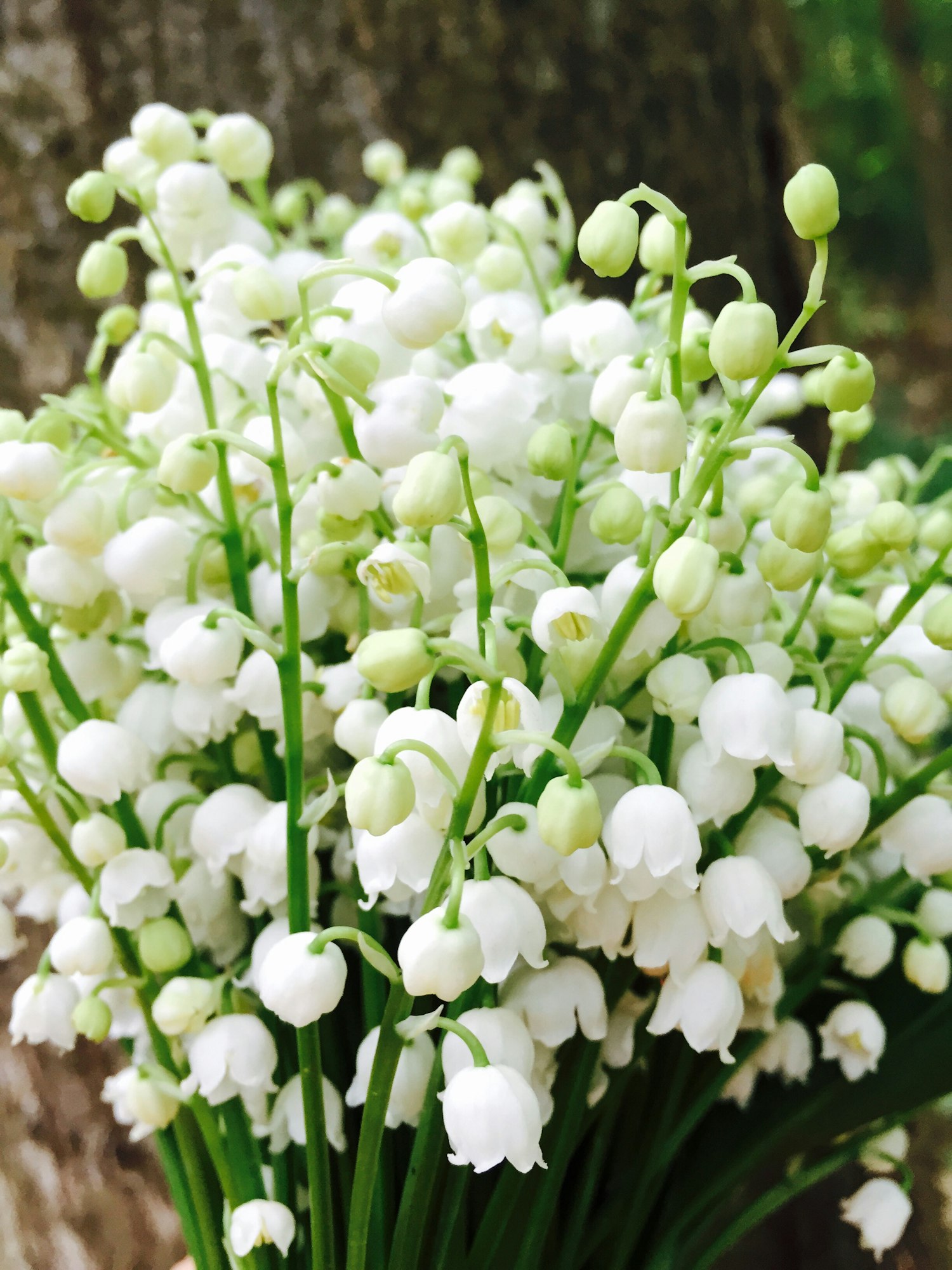
Lily of the Valley is known for its delicate, bell-shaped flowers and sweet fragrance. Be cautious, as all parts of the plant are highly toxic if ingested. This plant can spread quickly under the right conditions, creating a beautiful ground cover. Plant in a contained area or where it can be allowed to naturalize without taking over.
21. Fritillaries
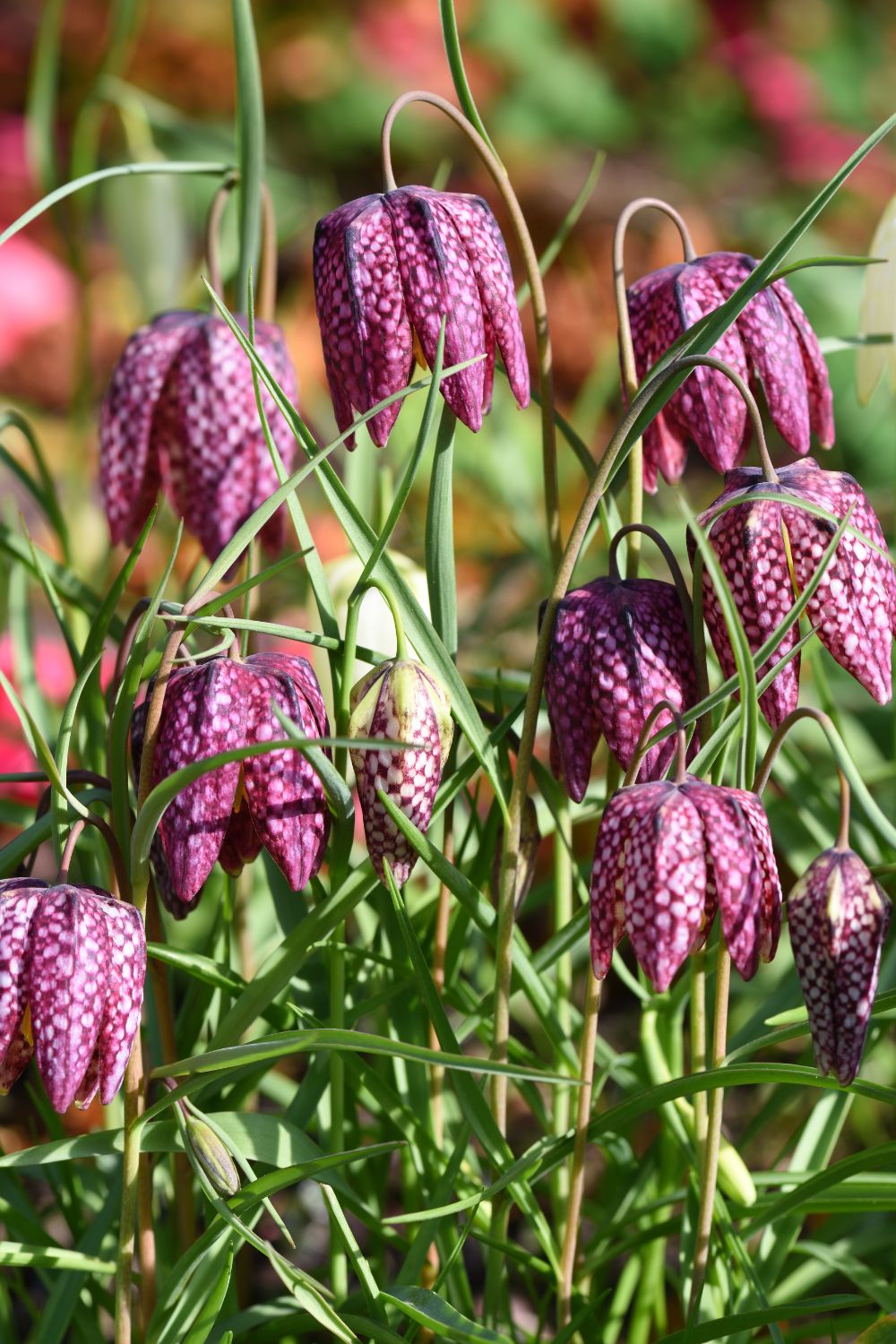
Fritillaries are remarkable for their unique, checkered flowers. They add an exotic touch to gardens with their unusual patterns and colors. Plant fritillary bulbs in the fall, in well-drained soil. They prefer full sun to partial shade and can be particularly striking in naturalized woodland settings or meadows.
22. Violets
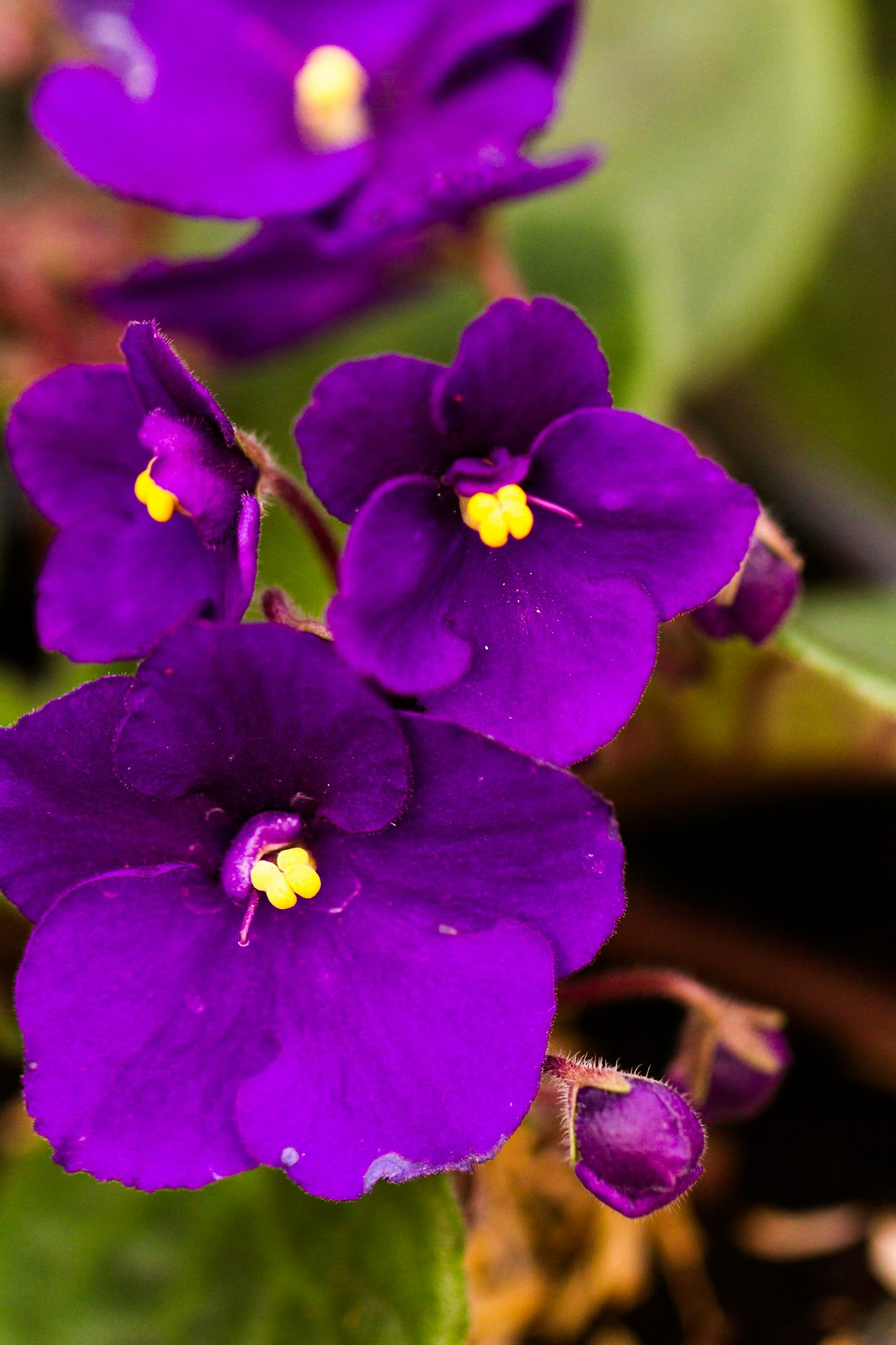
Violets, with their sweet fragrance and heart-shaped leaves, are a quaint addition to any garden. They bloom in early spring, offering shades of purple, blue, and white. Violets are self-seeding and can spread throughout the garden. They prefer moist, well-drained soil and partial shade. Deadhead to encourage continued blooming.
23. Marigolds
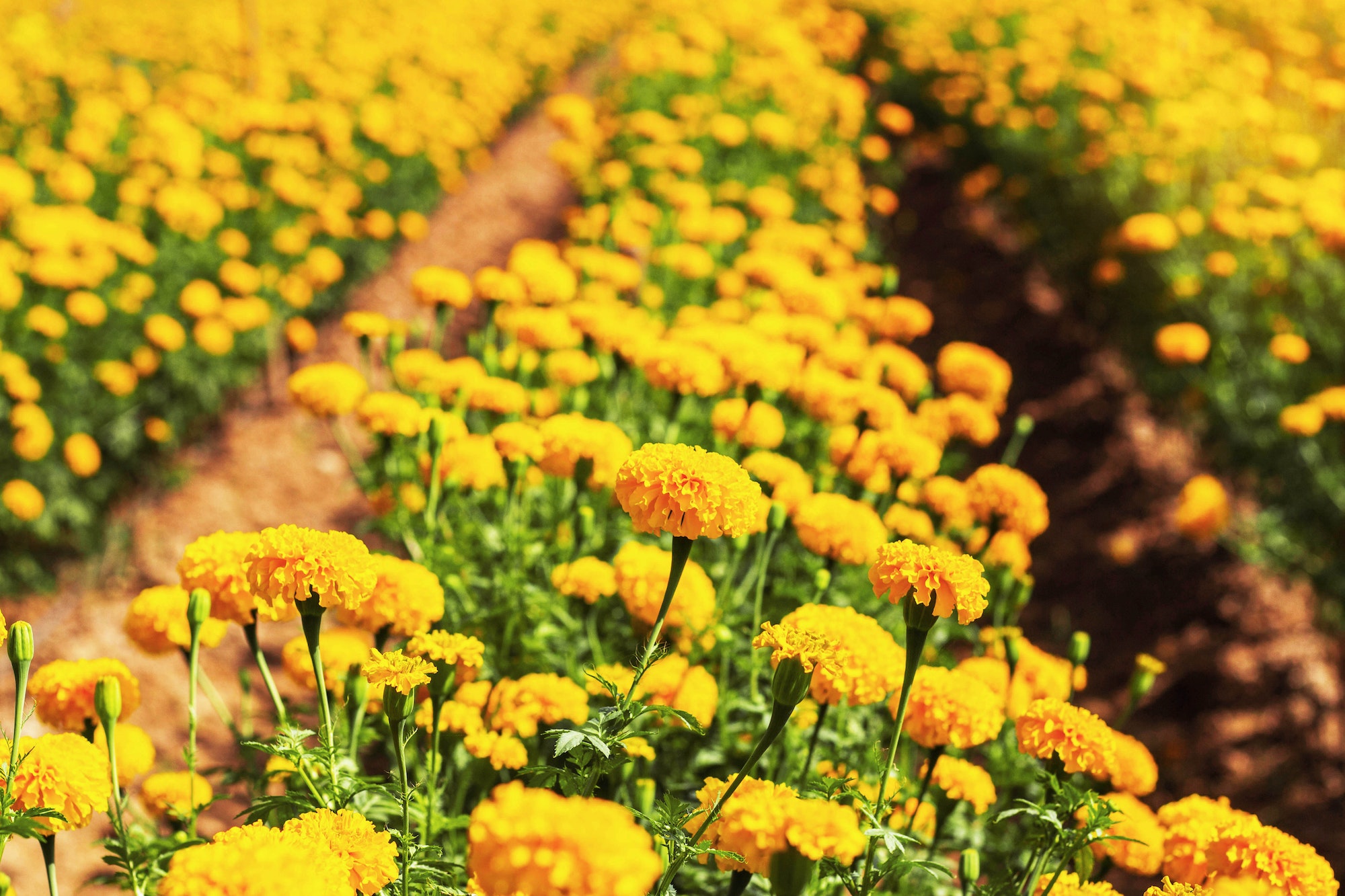
Marigolds are not only known for their bright, cheerful flowers but also for their ability to deter pests in the garden, making them excellent companion plants. Plant marigolds in full sun and well-drained soil. They are relatively drought-tolerant and low maintenance, making them perfect for beginner gardeners.
24. Snapdragons
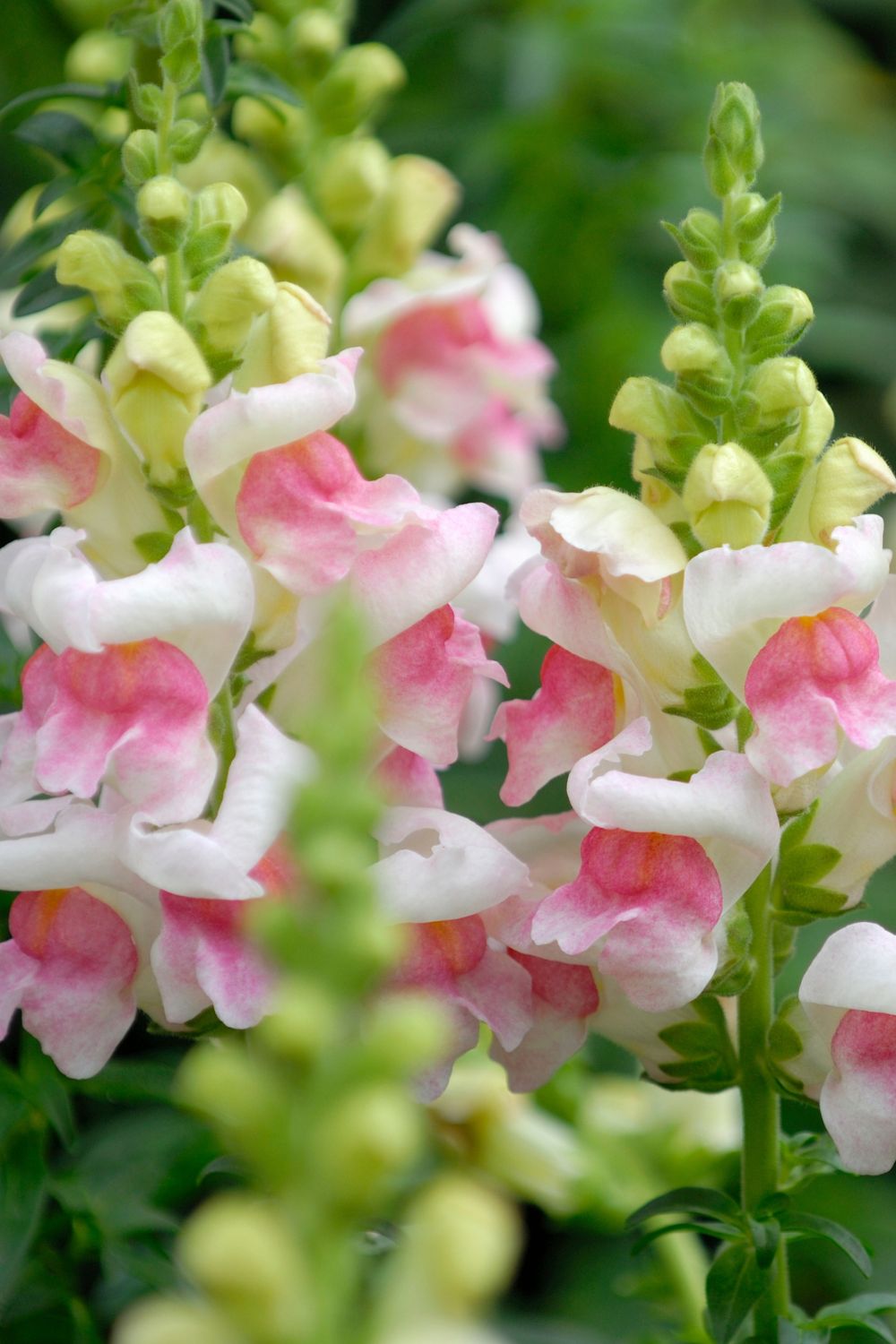
Snapdragons come in a range of sizes, from dwarf to tall, and offer a spectrum of colors. They can add height and texture to flower beds and borders. To encourage snapdragons to keep blooming, regularly deadhead spent flowers. They prefer cooler temperatures and can bloom into late spring or early summer.
25. Geraniums
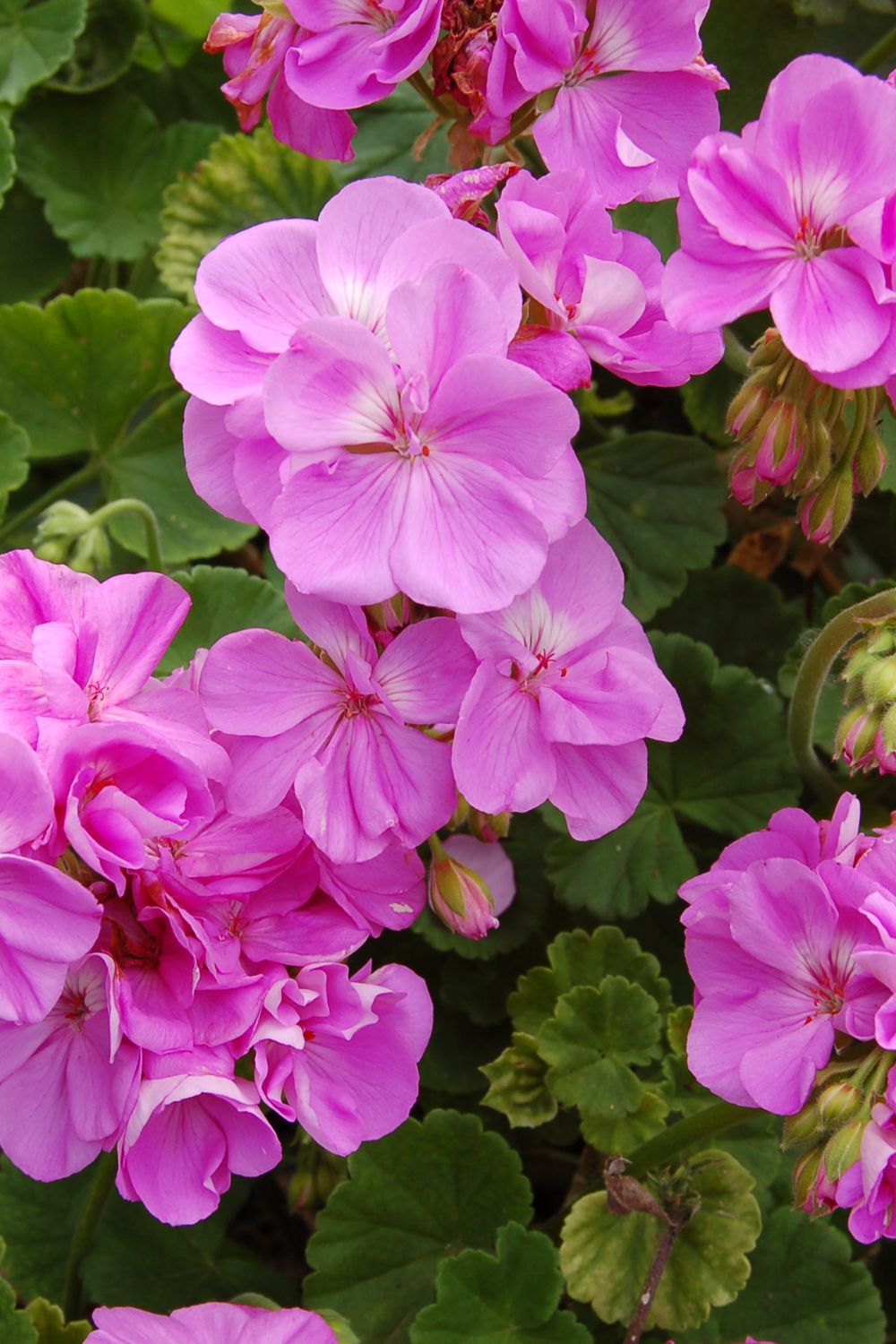
Geraniums are versatile plants ideal for containers, hanging baskets, and garden beds. They offer vibrant blooms and aromatic foliage. In colder climates, geraniums can be overwintered indoors to protect them from frost. They prefer full sun to partial shade and well-drained soil.
26. Lavender

Lavender is not only prized for its soothing fragrance but also for its ability to attract pollinators to the garden. It’s a staple in any herb garden. Lavender is highly drought-tolerant once established. Plant in well-drained soil and full sun. Prune lightly in early spring to maintain shape and encourage new growth.
27. Roses
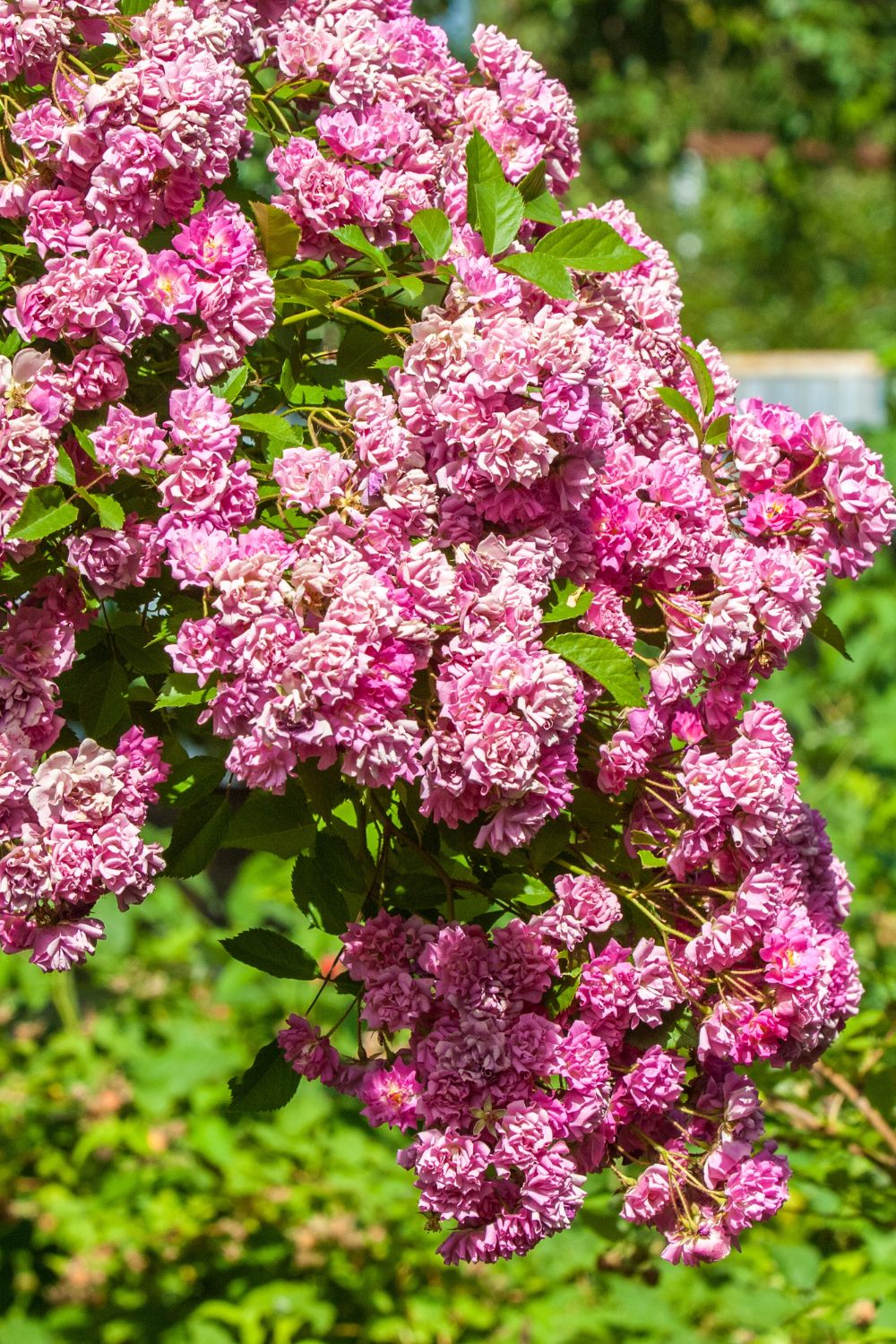
Roses are timeless, with a variety that suits every garden style, from rambling climbers to elegant tea roses. They symbolize love and beauty. Choose disease-resistant varieties for easier care. Roses thrive in full sun with well-drained soil. Regular feeding and pruning help maintain health and vigor.
28. Sunflowers
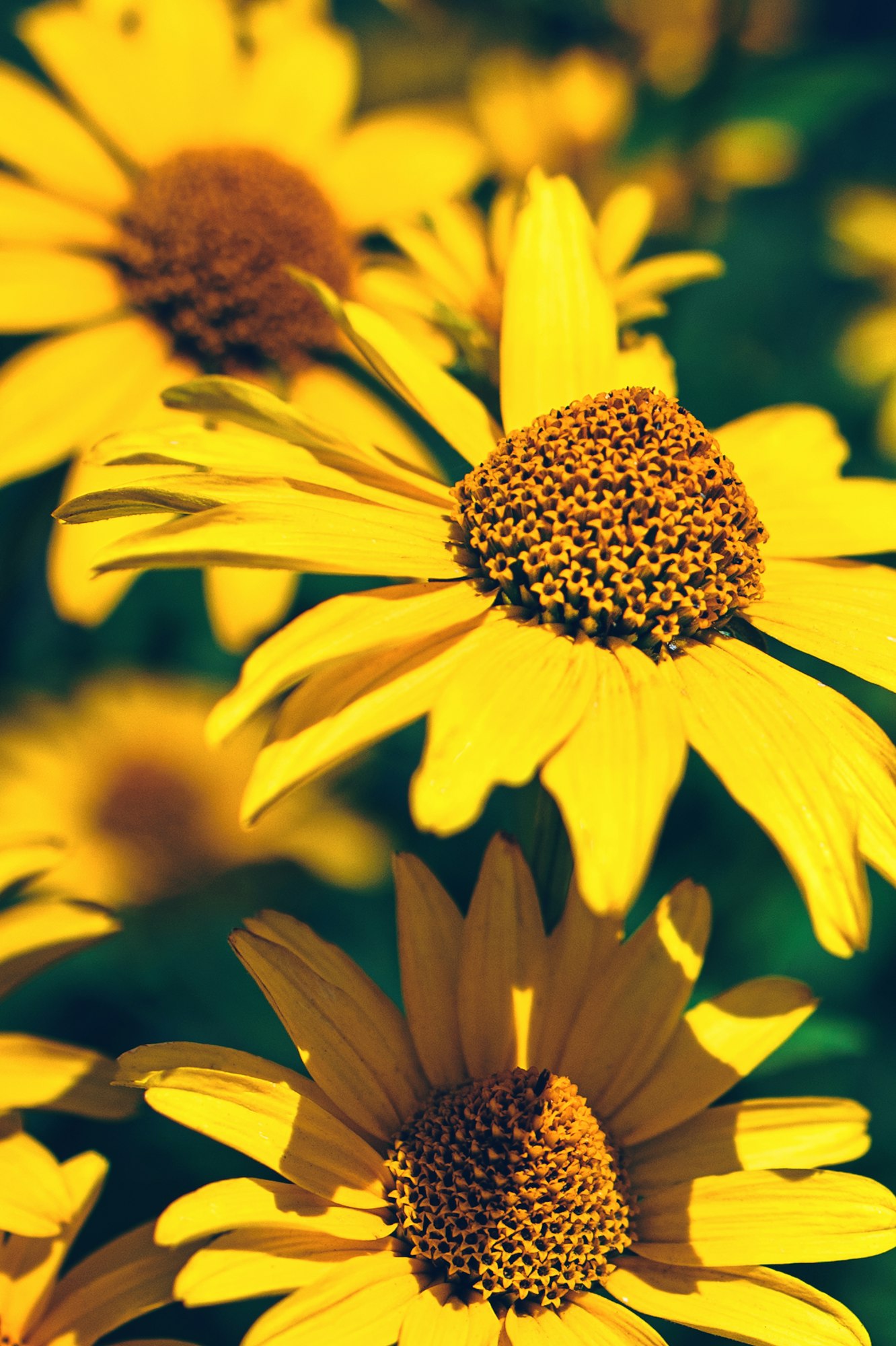
Sunflowers are the quintessential symbol of summer, reaching for the sky with their towering stems and bright, sunny faces. Provide support for taller varieties to help them stand tall. Sunflowers attract birds, especially as the seeds mature, adding life and color to the garden.
29. Zinnias
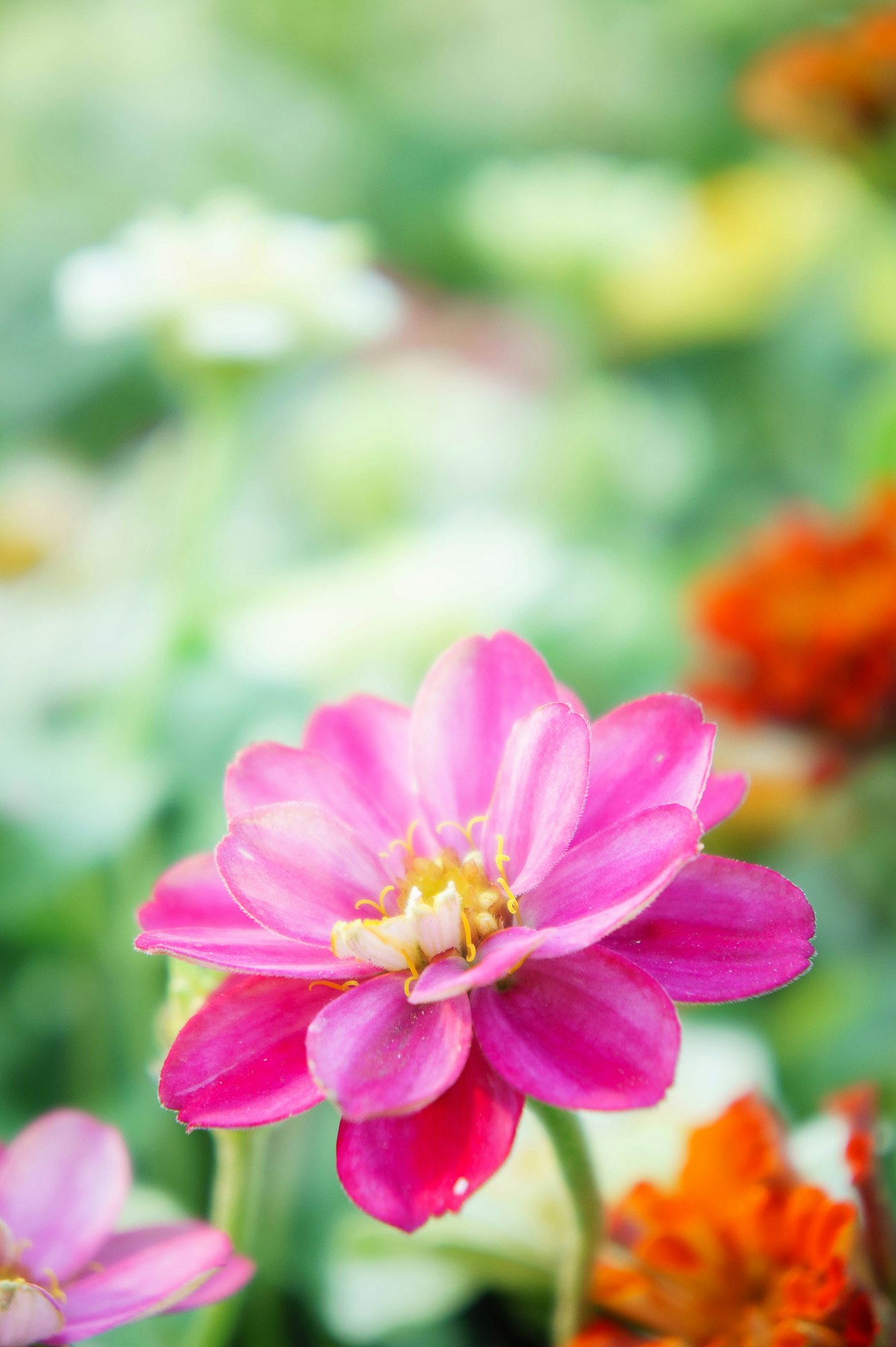
Zinnias are vibrant flowers that attract butterflies, making your garden a haven for these beautiful pollinators. They come in many colors and sizes. Plant zinnias in a spot with good air circulation to prevent powdery mildew. They prefer full sun and well-drained soil. Deadhead to encourage more blooms.
30. Cosmos

Cosmos are among the easiest flowers to grow from seed and can provide a continuous display of color throughout the summer and into fall. Their delicate, daisy-like flowers and ferny foliage make them perfect for cutting gardens. Plant in full sun and well-drained soil for best results.
31. Sweet Alyssum
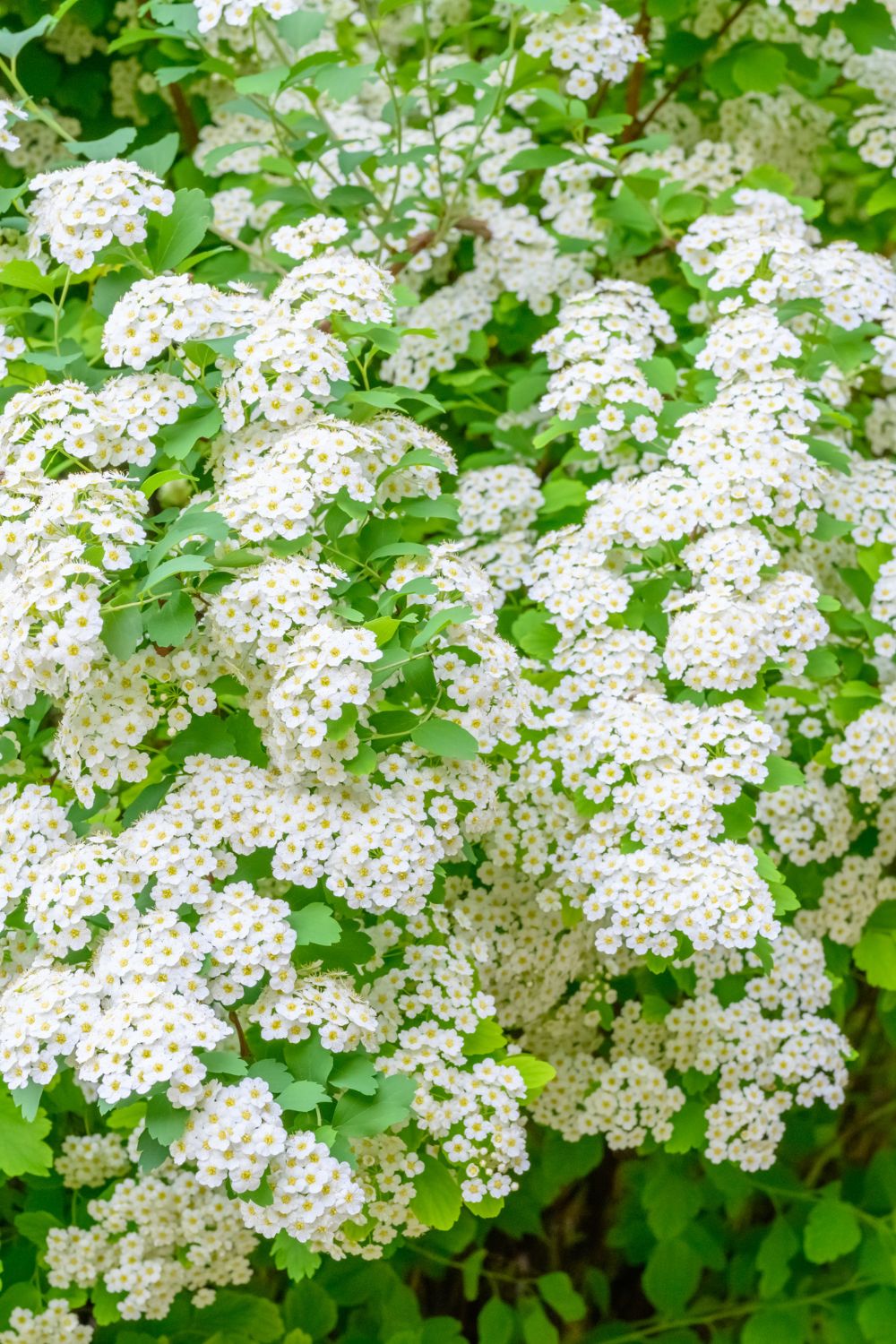
Sweet alyssum is a low-growing plant that creates a fragrant carpet of small flowers. It’s excellent for borders, containers, or as a ground cover. Sweet alyssum can bloom from spring through fall with proper care. Trim back mid-season to encourage fresh growth and more blooms. It prefers full sun to partial shade and well-drained soil.





